 Just a short three years ago, skeptics called outgoing Microsoft CEO Steve Ballmer as utterly foolish when he uttered his three iconic words: "We're all in." Ballmer, of course, was referring squarely to Microsoft's position towards that 'cloud thing' which was rearing its head swiftly three years ago. Most of us were taken aback, since Microsoft seemed like the last company interested in shedding market share to non-traditional licensing.
Just a short three years ago, skeptics called outgoing Microsoft CEO Steve Ballmer as utterly foolish when he uttered his three iconic words: "We're all in." Ballmer, of course, was referring squarely to Microsoft's position towards that 'cloud thing' which was rearing its head swiftly three years ago. Most of us were taken aback, since Microsoft seemed like the last company interested in shedding market share to non-traditional licensing.
Turn the page to 2013, and Microsoft is one of the cloud's most vocal champions -- with growth numbers to prove the cloud is a hot market and growing even hotter. In February 2013, Redmond re-launched Office 365 for Business, which was a big enough improvement over the suite's questionable former self that I gave it my two thumbs up finally. I'm not the only one seeing Office 365's about face; a full 37 percent of organizations surveyed recently are admittedly adopting Office 365 within 24 months.
Cloud email and office productivity isn't the only thing on Microsoft's mind. The software giant let loose that as of this past summer, a full 50 percent of the Fortune 500 was already using its cloud PaaS/IaaS ecosystem Windows Azure for internal needs. Keep in mind that Azure was only unveiled in 2010, making this second place competitor to Amazon a feisty up-and-coming underdog.
Not to be outdone, Amazon is posting similar growth and uptake of its cloud services, with net sales as of Sep 30, 2013 hitting a monstrous $960 million. To put it into full perspective, that's a 58 percent year-over-year improvement for Amazon's AWS division. Even one of the oldest players in the cloud game, Salesforce, posted 36.5 percent year-over-year revenue growth recently.
This past year has been one full of experimentation for some vendors, maturation for others, as well as entrance for numerous new faces. 2014 is no doubt going to continue defining the shape of the cloud's many areas, and I've got some predictions for how the next year is going to play out.
Here's my cloudy outlook for the year ahead.
#7) Data Portability Comes Into Focus for Organizations
The cloud's all arms in letting you in. Every vendor's got a red carpet leading into their own respective ecosystems. But leaving the party, whether to take data back in-house or merely to switch providers, is a bit trickier. The big players like Windows Azure and Amazon AWS claim to be making strides in data portability, but the status quo isn't anything to be proud of.
Welcome OpenStack to the fray. This first truly vendor-neutral cloud operating system aims to create a modular, level playing field for any vendor looking to offer cloud services to customers. What's the big deal? Imagine a future where switching cloud vendors is as easy as asking for a bulk transfer of your data into another datacenter of a competing vendor. No conversions, manipulations, transfigurations, or other similar wacko requirements are asked of you in order to make a switch.
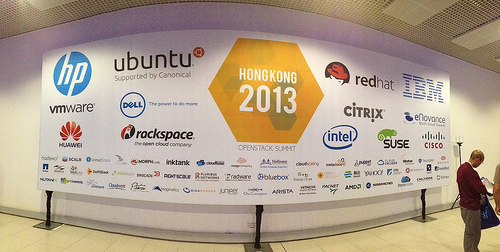
Before OpenStack, the cloud was looking more and more like a modern age Wild West. 2013 saw a huge push from this new cloud OS community in bringing together swathes of partners dedicated to one purpose: bringing down the barriers and offering a vendor-neutral approach to cloud data portability. (Image Source: OpenStack)
OpenStack is still relatively young, and rather misunderstand to most IT professionals, let alone consumers. 2014 may indeed be the breakout year in which this initiative gains a ton of traction as organizations continue demanding data portability openness and fairness. Check out this neat video Rackspace made as a sort of OpenStack 101 for beginners.
#6) Standalone Private Clouds Bid Farewell
I'm not sure where the private cloud push got its momentum, because I've always seen it as a bastardized me-too approach to cloud computing. Clouds that are developed solely to serve a single organization's users... hmm, didn't that already exist? Yes, it was called the internal datacenter or merely servers hosted by the IT department which had external access opened up. Whoever tried to re-invent this has-been approach, please stand up?
My thoughts on the private cloud's demise are shared by others, like Joe Kinsella of CloudHealth Technologies. Just a few days ago he wrote that "The private cloud has one major flaw in its armor: it is developed, deployed and managed by the same IT organizations that provided enterprises their current underutilized, underperforming, and non-agile data centers." Bingo! The private cloud moniker was nothing more than a perpetuation of the same yesteryear approach to enterprise IT, but in a prettier packaging.
If you want to keep your internal servers, feel free to do so. But don't peg it as a private cloud. 2014 is going to continue shifting the debate towards whether organizations should instead go hybrid or full-on public cloud for their needs. I've written recently about some of the hybrid clouds my company has been piecing together for clients, and I'm confident that the hybrid approach is going to balloon in popularity next year due to the flexibility, choice, and reasoned cost savings that it offers.
#5) The Legacy PBX Keeps Crumbling Thanks to VoIP
My last piece on BetaNews dove deeply into this very subject. VoIP in all of its various flavors is a hot subject. So much so that just a year ago, I could count the number of small businesses I support who were moving to VoIP on one hand. Now, everyone and their grandmother is itching to ditch their onsite PBX for good.
Unified communications, the all-encompassing umbrella that is web conferencing, telephony, voicemail, email, and IM, is driving this push in many ways. Companies are realizing that the old way of doing business with fragmented technologies being layered in order to provide a cohesive end user experience just isn't so ideal anymore.
A legacy phone system pushing phone calls to static desk phones, voicemails to aging Exchange systems, coupled in with web conferencing being doled out to third parties like Webex, and conference call bridge service being used by one completely different link in the chain. You can catch my drift -- a sprawling technology mess. Unifying these experiences and reducing friction is key to all forms of VoIP entering the hands of workers who were otherwise resistant to coming on board. The status quo in communication was too hard to handle for many, hence their apprehensive attitudes thus far.
I think that cloud-hosted VoIP is going to continue to be a huge driving force in bringing this technology down to the masses. This is due in large part to heavily reduced upfront costs and ease of administration. I've long voiced my support for the likes of RingCentral, but I'm expecting 2014 to bring Microsoft into the picture with a cloud-hosted Lync Online solution that ties in the missing piece of the puzzle: desk phone and enterprise voice service.
If Microsoft's comments back in May of this year still hold true, then we should be seeing an Office 365 based cloud VoIP solution by the end of 2014. VaaS, or Voice as a Service, may get that much more appealing for those who have been yearning for an ultimate all in one offering that is hosted in the cloud and ties in all their communication needs into one central offering. If anyone can deliver on this kind of promise, my money's on Microsoft.
Who won't be enjoying 2014 as much? Legacy PBX installers and technicians. A word of advice to them: it's time to start repositioning your skillset in Lync, VoIP, and other modern voice alternatives. For all intents and purposes, the traditional on-premise PBX is (almost) dead.
#4) Hybrid Cloud Becomes The Go-To Choice
VMWare and Amazon both have it wrong. Each of them is wildly successful at what they do, don't get me wrong. But as the playing field continues to level out, their exclusive -- as opposed to inclusive -- approaches to the cloud are going to continue building vocal foes in the enterprise. How so?
Amazon and its AWS ecosystem are touting the public cloud as the best place for your data. Conversely, VMWare is tooting the private cloud horn, which I predicted a few paragraphs back is going to start hitting the dust -- as far as forward looking IT strategy is concerned. The only big competitor letting the consumer choose seems to be Microsoft with its Azure offering. Who's to say that strictly private or public clouds are the best for every organization? Do Amazon or VMWare truly know better than the CTO or IT Director?
Microsoft, instead, is kindly telling companies: you make that cloud path decision. We'll provide the backbone for you, no matter what you're most comfortable with. It's a viewpoint many of my own customers are opting for, and the reason Azure is an attractive alternative to the two former players.
#3) Cloud Document Storage & Sync Services Grow Up
Cloud file sync services like Box.net, Dropbox, and Egnyte have been marking their territory for years. What's been the biggest thing holding them back? Data security concerns and pricing, in my eyes. Both of these previous black holes are not completely gone, but getting much better.
The cost of cloud storage continues to drop as big vendors like Box and Dropbox increasingly leverage their growing economies of scale. Likewise, rising user bases are providing the influx of cash needed to continue development on bringing more features that were relegated to the internal data center -- tight security controls, auditing capabilities, etc -- into the cloud infrastructures behind these products.
While security is still a touchy subject among C-level execs and IT pros alike, new surveys are showing improvement on the trust relationship between consumers and vendors. I touched on one survey of small businesses by comScore a few months back that found 62 percent of them claimed their data privacy actually rose due to their moves into the cloud.
And another recent survey highlighted by Infosecurity Magazine found similar rising confidence in cloud services and their ability to host confidential company data. There's no doubting that cloud vendors, especially the biggest players, are taking datacenter security more seriously than ever before. And the market sentiment is finally reacting to it.
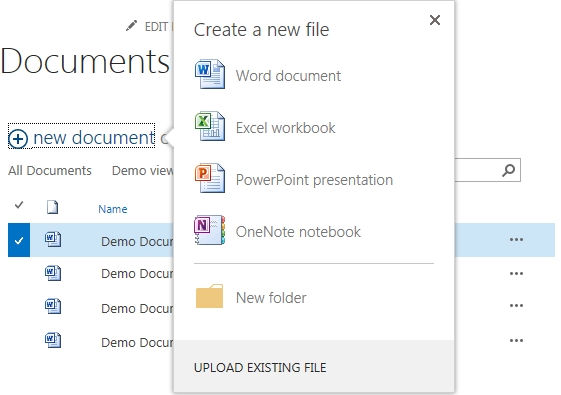
Microsoft's newest cloud-based SharePoint Online is a remarkable departure from the traditional confusing releases of prior years. Not only can you take your document file server to the cloud with ease, but Office Web Apps are almost good enough to allow basic desk workers to ditch their desktop Office. No joke. I can't say the same about the competing cloud storage vendors yet. (Image Source: MS SharePoint Forums)
I'm eating my own dogfood, too, on cloud document storage. My managed IT services company just ditched a hybrid file storage solution based around a NAS box and Google Drive in exchange for a pure SharePoint Online "file server in the cloud" approach. The centralized security controls, auto document versioning, and SkyDrive Pro syncing capabilities are much better than what we had sprawled out before. And customers of ours are itching to be moved into a similar path in greater numbers than ever before based on calls we're receiving.
If your feelings towards cloud file storage were previously bitter, 2014 may be the time to honestly reconsider.
#2) Price Battles Turn Into All-Out Price Wars
The past few years have been nothing but posturing by the big boys. I'm predicting that 2014 will see even fiercer competition on the price front, especially among the 800 pound gorillas in the public cloud sphere. Amazon AWS, Windows Azure, RackSpace -- as more IT budgets are setting aside big sums for cloud-first hybrid initiatives, each of these vendors is going to yearn for bigger slices of the consumer pie.
Commentators were pretty vocal back in spring 2013 when it seemed like Azure and AWS were set to start an all our price grudge match. RackSpace dipped its toes into battle as well this past year, and got bit on the hand a little harder than it wanted. 2014 is going to allow the gloves to come off, I believe, for two reasons: the cloud market is becoming increasingly flooded with competition, and technology levelers like OpenStack will allow even the smaller fries to go toe to toe with the cloud's sheriffs.
The winner is none other than the consumer in this war, which is the best part. Better uptimes, greater choice, and lower prices. Who can complain?
#1) VDI Makes Its Second Coming: In It To Win It (Finally)
Thin clients. Zero clients. Call them whatever you wish. The technology for virtual desktop infrastructure (VDI) has been around for about a decade now, ever since Microsoft first offered Terminal Services way back when in its infancy. But a number of things always kept VDI out of reach for the masses. The technology (both backend and frontend) was costly, tough to install, and even nastier to maintain in scale.
I know first hand how terrible VDI used to be. We dabbled in VDI at my previous job working in IT for a public high school district. The product we attempted to leverage was one offered by NComputing which was supposed to provide simple thin clients for students that needed general access web browsers and Microsoft Word around our buildings. Needless to say, after just a few months of trialing, and endless rounds of drowning support calls, we pulled the plug prematurely. There had to be a better way then that nightmare.
I've got renewed faith in VDI come 2014, as the latest market offerings are spurring tons of new hope. We've been deploying a flavor of VDI, namely Windows RDS off Server 2012 R2, for medical offices and mobile workforces with tons of success and low cost. The same can also be done purely from the cloud now, too, as Microsoft quietly opened the doors to Azure hosting Windows RDS sessions this past summer.
But Microsoft is far from the only player attempting to bring VDI back into the forefront. Amazon wants in on this area, and it recently unveiled its huge new Amazon Workspace offering which hopes to bring DaaS to the masses. VMWare made headway as well by gobbling up one of the biggest existing DaaS vendors, Desktone, back in early November. What was a lonely market space just a short time ago is going to explode in 2014 as each vendors' respective offerings get spruced up and flown into battle.
I can only wonder how the non-Microsofts of the world are going to scurry past Redmond's licensing rulebook on this next go around in VDI/DaaS. Former DaaS vendor OnLive got shut down by Microsoft's legal teams pretty quickly after the assertion was made that they were breaking longtime Windows licensing terms in how they delivered desktop instances to customers. Prior to being acquired by VMWare, Desktone published a massive 4 part series of Q&As about how it handles these licensing gray areas. We'll all be the spectators in this one as it begins to play out next year.
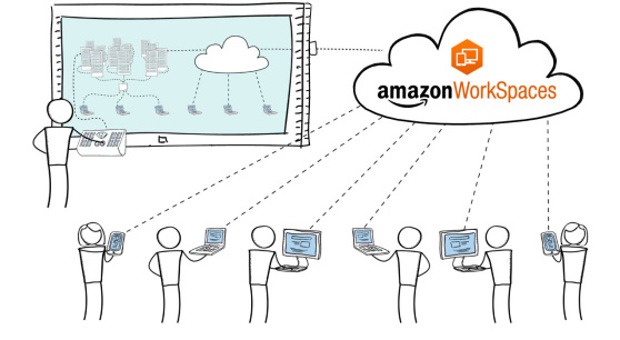
Amazon is taking its WorkSpaces offering into unchartered territory: bringing a twist on Microsoft's own RDS technology to the working masses. If you thought Amazon wasn't interested in Desktop-as-a-Service, guess again. (Image Source: Amazon)
There's one offering which hasn't even been announced yet, but has every Microsoft watcher (including the likes of Mary Jo Foley, Paul Thurrott, etc) claiming its existence in development back at Redmond. I've touched on it numerous times as well the last few months. "Project Mohoro" as it's rumored, is Microsoft's Azure-based attempt to bring us a full fledged Desktop-as-a-Service offering.
If Microsoft can truly consumerize the DaaS experience into a "pay as you go" environment like Azure, where worker desktops could be spun up with the same ease as a Windows Server instance, then it would give organizations looking to provide desktops on the cheap for internal or mobile staff an easy outlet.
Sure, you could build out your own internal Windows RDS infrastructure, or play with doing it on Azure (if you can handle wading through Microsoft's ludicrous SPLA requirements) but either direction involves a sizable time and IT investment -- both of which are increasingly in short demand at organizations.
I'll be one of the first to call Microsoft out: the time is now for Windows licensing rights to change so that VDI can take off once and for all. Windows RDS is great, but it's a Redmond shoe-in and Microsoft knows that full well. Level the playing field by allowing any version of Windows, down to Vista, to be run in a DaaS-based environment by any vendor who plays by fair rules. If you've got the better vision for how DaaS should be run, then let's see Mohoro come to fruition and fight an honest fight against the other innovators on the market.
But don't hold back the competition artificially through licensing red tape and legal black holes. Everyone including Microsoft will be the long term loser if the status quo continues.
Another Year Down, And Another One Full of Uncertainty Ahead
I don't have any magic glass ball to peek into. My observations are based solely on what I see playing out in the marketplace, with a sprinkling of customer realities and external insights bearing down on my opinion. I'm always curious to hear what others have to say. Am I off track with my 2014 predictions? Did I miss a big item which you think should have made the list? Sound off in the comments area below.
But grab a drink while you're at it. 2014's cloud forecast is looking rather bright no matter how you slice it.
Photo Credit: Creativa/Shutterstock
 Derrick Wlodarz is an IT Specialist who owns Park Ridge, IL (USA) based technology consulting & service company FireLogic, with over eight+ years of IT experience in the private and public sectors. He holds numerous technical credentials from Microsoft, Google, and CompTIA and specializes in consulting customers on growing hot technologies such as Office 365, Google Apps, cloud-hosted VoIP, among others. Derrick is an active member of CompTIA's Subject Matter Expert Technical Advisory Council that shapes the future of CompTIA exams across the world. You can reach him at derrick at wlodarz dot net.
Derrick Wlodarz is an IT Specialist who owns Park Ridge, IL (USA) based technology consulting & service company FireLogic, with over eight+ years of IT experience in the private and public sectors. He holds numerous technical credentials from Microsoft, Google, and CompTIA and specializes in consulting customers on growing hot technologies such as Office 365, Google Apps, cloud-hosted VoIP, among others. Derrick is an active member of CompTIA's Subject Matter Expert Technical Advisory Council that shapes the future of CompTIA exams across the world. You can reach him at derrick at wlodarz dot net.








 Right before the end of the year, Microsoft releases an update for its OneNote Android app which adds major features and improvements, as well as better integration with the mobile operating system.
Right before the end of the year, Microsoft releases an update for its OneNote Android app which adds major features and improvements, as well as better integration with the mobile operating system.


 After almost two years in the planning, alpha and beta stages, open source 2D drawing tool
After almost two years in the planning, alpha and beta stages, open source 2D drawing tool 



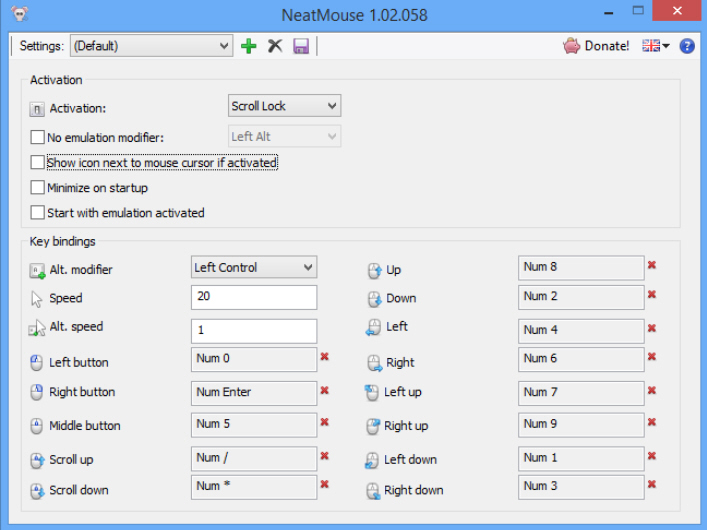
 Unsurprisingly tablets proved to be a very popular gift this Christmas. According to mobile measurement firm Flurry, device activations were up by 63 percent on Christmas day, compared to any other average day in December.
Unsurprisingly tablets proved to be a very popular gift this Christmas. According to mobile measurement firm Flurry, device activations were up by 63 percent on Christmas day, compared to any other average day in December.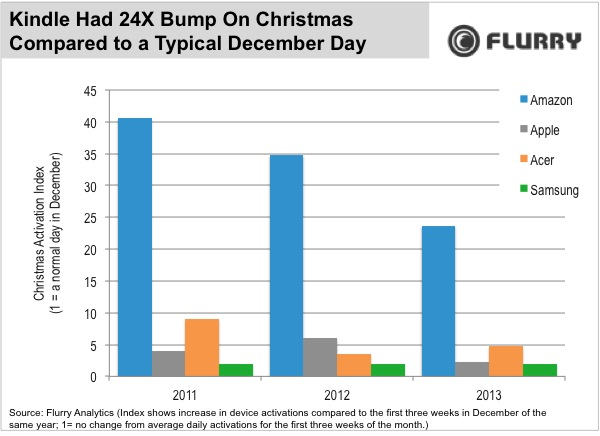

 Well, that's another year out of the way! It's customary at this time of year to make resolutions... for some people at least. It's something I've always shied away from, but this year is going to be different.
Well, that's another year out of the way! It's customary at this time of year to make resolutions... for some people at least. It's something I've always shied away from, but this year is going to be different. Windows 8.1 delivered plenty of worthwhile improvements: extra app docking and resizing options, a "boot to desktop" option, automatic app updates, SkyDrive integration in Explorer, and a sort-of Start button, amongst many others. But it also took one feature away in the form of the Windows Experience Index (WEI), a simple tool for benchmarking your PC hardware.
Windows 8.1 delivered plenty of worthwhile improvements: extra app docking and resizing options, a "boot to desktop" option, automatic app updates, SkyDrive integration in Explorer, and a sort-of Start button, amongst many others. But it also took one feature away in the form of the Windows Experience Index (WEI), a simple tool for benchmarking your PC hardware.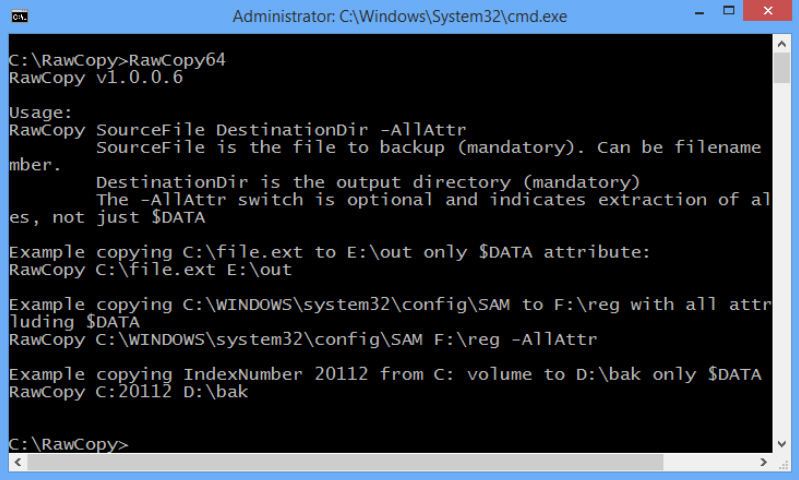

 Having said that 2013 has been dominated by hardware, KitKat also impressed me. This is a highly polished version of Android and the performance boost included, make it worthy of installation. Better integration with Google Drive, built in Quick Office, Chromecast support, app sandboxing, and improved apps make this one OS upgrade not to skip.
Having said that 2013 has been dominated by hardware, KitKat also impressed me. This is a highly polished version of Android and the performance boost included, make it worthy of installation. Better integration with Google Drive, built in Quick Office, Chromecast support, app sandboxing, and improved apps make this one OS upgrade not to skip. Chrome has been my browser of choice for a good couple of years now -- Firefox fell out of favor a little while back -- so the move to Chromebook seemed like a natural one. Google's changes to browser apps made the idea of a Chrome-based browser feel far more natural and in terms of looks, there's no denying that the Chomebook 11 is going to turn a few heads.
Chrome has been my browser of choice for a good couple of years now -- Firefox fell out of favor a little while back -- so the move to Chromebook seemed like a natural one. Google's changes to browser apps made the idea of a Chrome-based browser feel far more natural and in terms of looks, there's no denying that the Chomebook 11 is going to turn a few heads. This was something of a slow-burner for me. I was first introduced to Chromecast at the same time as the Nexus 7, and I was initially somewhat indifferent to it. But I did try it out and learned to love it. Recent updates such as the addition of Plex mean that Chromecast is now permanently plugged into my TV and gets pretty much daily use. Movies and webpages can be thrown from laptops, tablets and phones, and the ability to view YouTube videos on a larger screen is great for sharing. Worth every penny.
This was something of a slow-burner for me. I was first introduced to Chromecast at the same time as the Nexus 7, and I was initially somewhat indifferent to it. But I did try it out and learned to love it. Recent updates such as the addition of Plex mean that Chromecast is now permanently plugged into my TV and gets pretty much daily use. Movies and webpages can be thrown from laptops, tablets and phones, and the ability to view YouTube videos on a larger screen is great for sharing. Worth every penny. I have long been a fan of HTC hardware and the One range won me over again. The HTC One mini is impressive enough, but the flagship One really steals the smartphone crown. For me the One Max is a little too large, but this is personal preference. Build quality is simply stunning, and I would not hesitate in recommending this handset to anyone on the lookout for an Android phone.
I have long been a fan of HTC hardware and the One range won me over again. The HTC One mini is impressive enough, but the flagship One really steals the smartphone crown. For me the One Max is a little too large, but this is personal preference. Build quality is simply stunning, and I would not hesitate in recommending this handset to anyone on the lookout for an Android phone.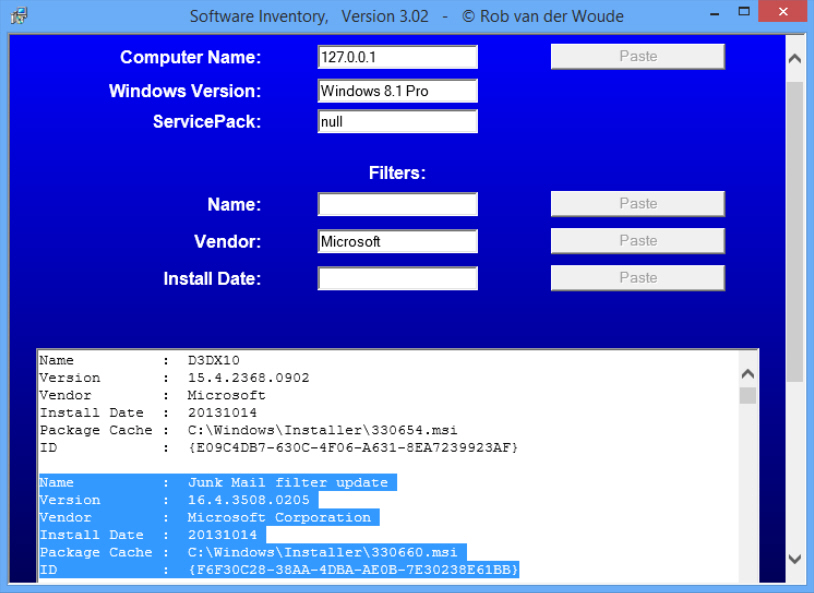


 When 2013 dawned, I still maintained an HTPC in my entertainment cabinet. It ran Windows 7, with Media Center set to launch upon startup. The computer was quickly becoming old and slow, and I considered building a replacement. But before I did so, I decided to take a look at alternatives.
When 2013 dawned, I still maintained an HTPC in my entertainment cabinet. It ran Windows 7, with Media Center set to launch upon startup. The computer was quickly becoming old and slow, and I considered building a replacement. But before I did so, I decided to take a look at alternatives. The tiny WD My Passport drive is what I keep plugged into my Windows 8.1 laptop for easy backup of my files. It’s barely larger than a wallet, works via USB 3.0 and holds 500 GB of files (there’s a 2 TB model if you need that much).
The tiny WD My Passport drive is what I keep plugged into my Windows 8.1 laptop for easy backup of my files. It’s barely larger than a wallet, works via USB 3.0 and holds 500 GB of files (there’s a 2 TB model if you need that much).
 This hass been a much quieter week than usual with Christmas meaning that many companies have been on a virtual shutdown. But there has still been a bit of activity over the past seven days. We've reached the end of the year and the BetaNews team finds itself in a reflective mood. Mihaita was the first to pick
This hass been a much quieter week than usual with Christmas meaning that many companies have been on a virtual shutdown. But there has still been a bit of activity over the past seven days. We've reached the end of the year and the BetaNews team finds itself in a reflective mood. Mihaita was the first to pick 

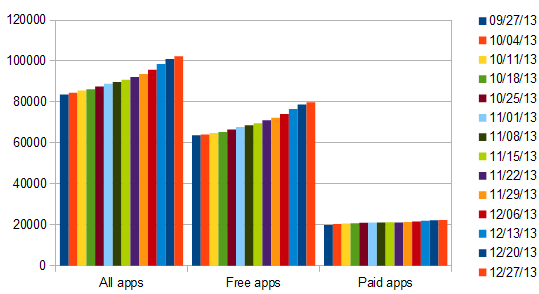
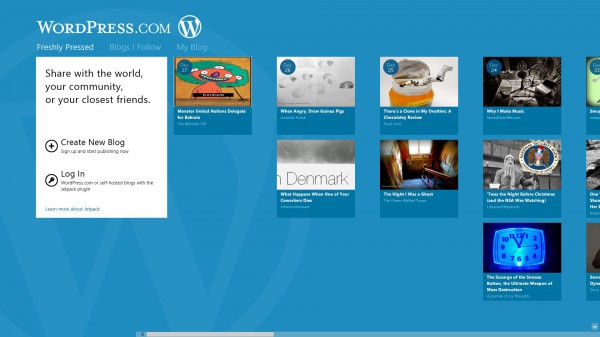






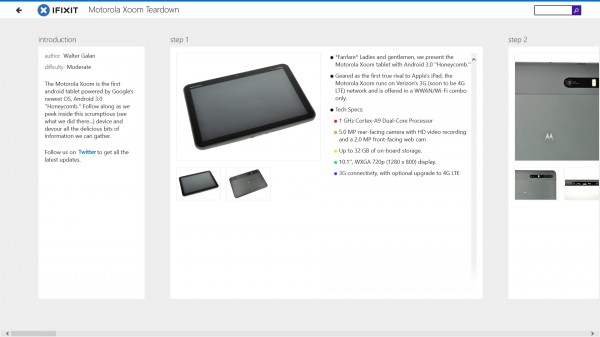


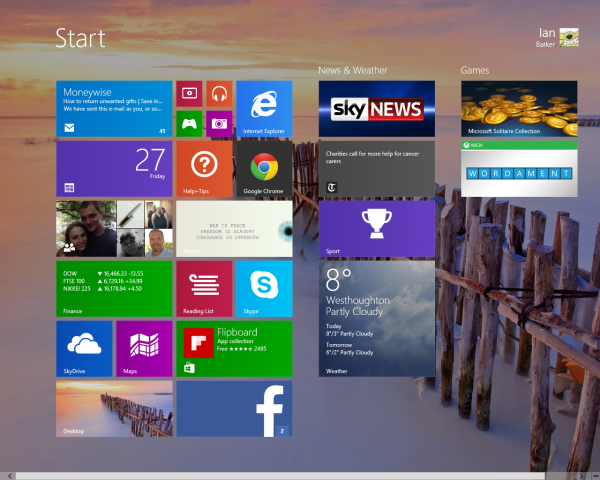

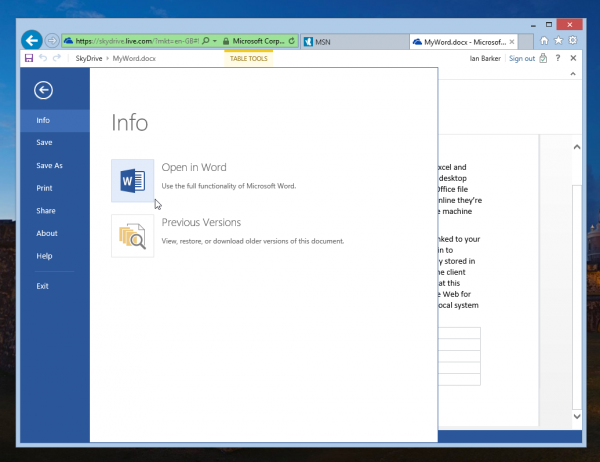


 If you regularly use removable drives on PCs then you probably already know they should be ejected (right-click in Explorer, select Eject) before you unplug them. This is because Windows normally caches disk writes for performance reasons, temporarily saving them in RAM; unplug a drive before its cache is flushed and you’re going to lose data.
If you regularly use removable drives on PCs then you probably already know they should be ejected (right-click in Explorer, select Eject) before you unplug them. This is because Windows normally caches disk writes for performance reasons, temporarily saving them in RAM; unplug a drive before its cache is flushed and you’re going to lose data.


 Windows 8.1 is a great operating system. So if you received it for Christmas, either as a boxed copy, or installed on a new PC or tablet, the first thing to do is not -- as some people will say -- swap it for Windows 7.
Windows 8.1 is a great operating system. So if you received it for Christmas, either as a boxed copy, or installed on a new PC or tablet, the first thing to do is not -- as some people will say -- swap it for Windows 7. There are plenty of free third-party Start menus available which replace the Modern UI and make Windows 8.1 behave more like Windows 7.
There are plenty of free third-party Start menus available which replace the Modern UI and make Windows 8.1 behave more like Windows 7.




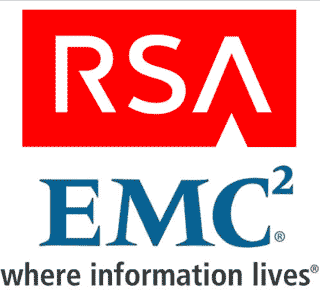 Edward Snowden says
Edward Snowden says  For a longtime, I was a last-minute shopper. You could find me on Christmas Eve, picking through the remaining greeting cards and scrambling to buy gifts. However, as I got older, I learned to finish my shopping early to avoid the stress.
For a longtime, I was a last-minute shopper. You could find me on Christmas Eve, picking through the remaining greeting cards and scrambling to buy gifts. However, as I got older, I learned to finish my shopping early to avoid the stress.



 Converting your favorite photos into a video slideshow can be a great way to share them with others, and there are plenty of free tools to handle the task (
Converting your favorite photos into a video slideshow can be a great way to share them with others, and there are plenty of free tools to handle the task (
 After a few years of using Samsung Android smartphones, I made the decision to
After a few years of using Samsung Android smartphones, I made the decision to  A lot of people weren’t keen on Jony Ive’s redesign of iOS, but I really like it. The look is modern, and I for one am glad to see the back of skeuomorphism. I’m used to, and appreciate the new app switcher, and make great use of the new notifications screen and control center.
A lot of people weren’t keen on Jony Ive’s redesign of iOS, but I really like it. The look is modern, and I for one am glad to see the back of skeuomorphism. I’m used to, and appreciate the new app switcher, and make great use of the new notifications screen and control center. I take a lot of digital photos (on my Canon DLSR, smartphone and occasionally on my iPad) and have been storing them on an external drive, and in the cloud. This year I decided to add a NAS drive so I could add and view images from anywhere, and I chose WD My Cloud. I can now view my photos and videos from everywhere -- including on my tablet, or TV -- as soon as they are taken, which is great. There are apps so I can upload, access and share from anywhere using a tablet or phone.
I take a lot of digital photos (on my Canon DLSR, smartphone and occasionally on my iPad) and have been storing them on an external drive, and in the cloud. This year I decided to add a NAS drive so I could add and view images from anywhere, and I chose WD My Cloud. I can now view my photos and videos from everywhere -- including on my tablet, or TV -- as soon as they are taken, which is great. There are apps so I can upload, access and share from anywhere using a tablet or phone. My iPad 4 is so full of apps there’s not much space on there for photos, videos or music. Luckily I’ve expanded the available storage using AirStash. This is a USB pen drive with built in Wi-Fi that you can connect to and stream or copy content from. Storage comes in the form of SD cards, so it’s infinitely expandable. I’ve taken lots of films and TV series on the road with me when traveling, and used it to review photos from my camera. A great little device.
My iPad 4 is so full of apps there’s not much space on there for photos, videos or music. Luckily I’ve expanded the available storage using AirStash. This is a USB pen drive with built in Wi-Fi that you can connect to and stream or copy content from. Storage comes in the form of SD cards, so it’s infinitely expandable. I’ve taken lots of films and TV series on the road with me when traveling, and used it to review photos from my camera. A great little device. I love my iPad and take it pretty much everywhere, but occasionally it’s good to have a smaller tablet to hand, and the new Nexus 7 is superb (I could have bought an iPad mini, but it’s expensive for what really will only ever be a second tablet). Android 4.4 KitKat is a marked improvement, the device itself is speedy, and I find myself actually using it more than I expected to. It's also great because I now have a home for all of the apps I used to use on my Samsung Galaxy S III.
I love my iPad and take it pretty much everywhere, but occasionally it’s good to have a smaller tablet to hand, and the new Nexus 7 is superb (I could have bought an iPad mini, but it’s expensive for what really will only ever be a second tablet). Android 4.4 KitKat is a marked improvement, the device itself is speedy, and I find myself actually using it more than I expected to. It's also great because I now have a home for all of the apps I used to use on my Samsung Galaxy S III. I have a 100Mbps internet connection at home (because, as I said I don’t like waiting), but my house has had several extensions added to it over the years -- from before I moved in, I hasten to add -- and so is an odd shape, long and tall, with thick walls. As a result my Wi-Fi doesn’t quite reach to some of the rooms, and there’s no signal at all in the garden, so no browsing the web outside in the summer months. The TP Link device (TL-WA850RE) is a very affordable, very easy to use range extender that you plug into any spare electrical socket. I picked up a couple of these for a song via Groupon and now my Wi-Fi reaches everywhere, which is fantastic. The product also includes an Ethernet port so you can turn wired devices into wireless ones.
I have a 100Mbps internet connection at home (because, as I said I don’t like waiting), but my house has had several extensions added to it over the years -- from before I moved in, I hasten to add -- and so is an odd shape, long and tall, with thick walls. As a result my Wi-Fi doesn’t quite reach to some of the rooms, and there’s no signal at all in the garden, so no browsing the web outside in the summer months. The TP Link device (TL-WA850RE) is a very affordable, very easy to use range extender that you plug into any spare electrical socket. I picked up a couple of these for a song via Groupon and now my Wi-Fi reaches everywhere, which is fantastic. The product also includes an Ethernet port so you can turn wired devices into wireless ones.
 Dr Alan Turing, the mathematician who helped to crack the Enigma code during the second world war, has been granted a royal pardon 59 years after he took his own life. His crime? Homosexuality. In spite of his role in code cracking -- which is widely regarded as having helped to shorten the war -- he was convicted for engaging in homosexual activity, and underwent experimental chemical castration as "cure" and punishment in 1952. Two years later he killed himself aged just 41.
Dr Alan Turing, the mathematician who helped to crack the Enigma code during the second world war, has been granted a royal pardon 59 years after he took his own life. His crime? Homosexuality. In spite of his role in code cracking -- which is widely regarded as having helped to shorten the war -- he was convicted for engaging in homosexual activity, and underwent experimental chemical castration as "cure" and punishment in 1952. Two years later he killed himself aged just 41. The PC market might still be in the doldrums, but there’s good news in the screen department at least. After three quarters of solid decline, the International Data Corporation (IDC) Worldwide Quarterly PC Monitor Tracker finally reports some growth.
The PC market might still be in the doldrums, but there’s good news in the screen department at least. After three quarters of solid decline, the International Data Corporation (IDC) Worldwide Quarterly PC Monitor Tracker finally reports some growth.
 You likely realize that a rather big holiday is fast approaching, and the children are growing antsy. It's only a matter of time before the old guy in the red suit takes to the sky to pay a visit to each and every home. You've also perhaps heard that both Microsoft and Google have trackers up and running to keep you informed of reindeer progress.
You likely realize that a rather big holiday is fast approaching, and the children are growing antsy. It's only a matter of time before the old guy in the red suit takes to the sky to pay a visit to each and every home. You've also perhaps heard that both Microsoft and Google have trackers up and running to keep you informed of reindeer progress.
 The console's role in the modern livingroom has moved past gaming, as the Xbox One also wants to be the central entertainment hub for the non-gamer. Microsoft has cast a wider net, which makes it more appealing to folks like me who want to watch movies, listen to music, browse the Internet, chat with friends and so on, and also play the occasional game for old time's sake. The way the system works, in conjunction with Kinect, makes it my top pick as a livingroom device. And, because switching between users is so seamless, the Xbox One is family-friendly as well (no bickering about signing in and out, or using someone else's profile).
The console's role in the modern livingroom has moved past gaming, as the Xbox One also wants to be the central entertainment hub for the non-gamer. Microsoft has cast a wider net, which makes it more appealing to folks like me who want to watch movies, listen to music, browse the Internet, chat with friends and so on, and also play the occasional game for old time's sake. The way the system works, in conjunction with Kinect, makes it my top pick as a livingroom device. And, because switching between users is so seamless, the Xbox One is family-friendly as well (no bickering about signing in and out, or using someone else's profile). As you can imagine, the reason why Apple's latest MacBook Air generation made this list is not ultimate performance or portability. There are much more powerful and more portable devices around, that dwarf this device.
As you can imagine, the reason why Apple's latest MacBook Air generation made this list is not ultimate performance or portability. There are much more powerful and more portable devices around, that dwarf this device. The Surface Pro 2 is the Windows 8.1 tablet that may finally convince prosumers to ditch their small ultrabook. It has not changed drastically on the outside, compared to its predecessor, but the internal improvements are huge.
The Surface Pro 2 is the Windows 8.1 tablet that may finally convince prosumers to ditch their small ultrabook. It has not changed drastically on the outside, compared to its predecessor, but the internal improvements are huge. Since I mentioned the new MacBook Air above, it is only fair that I do the same for the latest OS X iteration, known as Mavericks. The new version of Apple's Mac operating system gets a lot of things right, including, finally, proper multi-monitor support. It also tremendously
Since I mentioned the new MacBook Air above, it is only fair that I do the same for the latest OS X iteration, known as Mavericks. The new version of Apple's Mac operating system gets a lot of things right, including, finally, proper multi-monitor support. It also tremendously 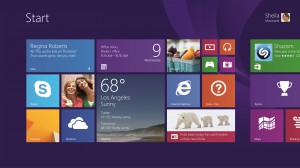 I have had a love-hate relationship with Windows 8. The operating system was designed with touchscreens in mind, but my laptop did not (and does not) have a touchscreen. Its new UI (Modern UI) revolved around apps, but the Store did not have many popular offerings to choose from. There are other examples, but you get the gist.
I have had a love-hate relationship with Windows 8. The operating system was designed with touchscreens in mind, but my laptop did not (and does not) have a touchscreen. Its new UI (Modern UI) revolved around apps, but the Store did not have many popular offerings to choose from. There are other examples, but you get the gist. A virtualization software is an odd choice for a list of favorite tech products. After all, it is not particularly exciting from a consumer point of view. But Parallels 9's entry is well-deserved, and here is why.
A virtualization software is an odd choice for a list of favorite tech products. After all, it is not particularly exciting from a consumer point of view. But Parallels 9's entry is well-deserved, and here is why. Even though the new iPad Mini with Retina Display is just as powerful and pixel-packed, there is something about the bigger iPad Air that makes it the more attractive tablet for me.
Even though the new iPad Mini with Retina Display is just as powerful and pixel-packed, there is something about the bigger iPad Air that makes it the more attractive tablet for me. Nowadays, consumers who want to purchase a well-built and visually attractive Android phone have little to no good options, unless they want to jump ship to the iPhone camp. Too many vendors prioritize meaningless hardware specifications and small footprints, which makes HTC and its One so much more refreshing.
Nowadays, consumers who want to purchase a well-built and visually attractive Android phone have little to no good options, unless they want to jump ship to the iPhone camp. Too many vendors prioritize meaningless hardware specifications and small footprints, which makes HTC and its One so much more refreshing.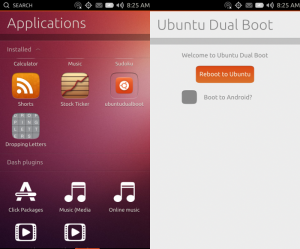
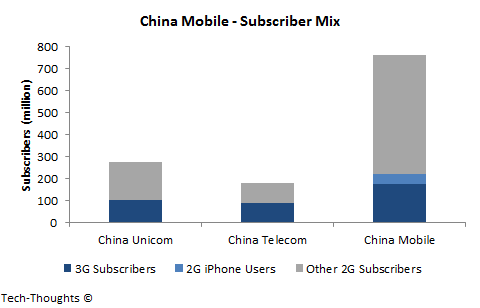
 Sameer Singh is an M&A professional and business strategy consultant focusing on the mobile technology sector. He is founder and editor of
Sameer Singh is an M&A professional and business strategy consultant focusing on the mobile technology sector. He is founder and editor of 




 One of the problems with big data is its sheer size. This leads to problems when it comes to moving files around and can lead to a loss of competitiveness if companies aren't able to process files in a timely manner. The issue can be magnified if it involves transferring files to and from cloud platforms.
One of the problems with big data is its sheer size. This leads to problems when it comes to moving files around and can lead to a loss of competitiveness if companies aren't able to process files in a timely manner. The issue can be magnified if it involves transferring files to and from cloud platforms.

 There was a time when "activist investor" Carl Icahn actually owned and ran businesses, one of which was TransWorld Airlines (TWA), eventually sold to American Airlines. In an attempt to cut costs, TWA under Icahn outsourced reservation service to a call center built in a prison with prisoners on the phone. When you called to book travel you were giving your credit card number to a felon and telling him when you’d be away from home. Smart move, Carl, and very akin to what may have caused the post-Thanksgiving theft of 40 million credit card numbers from Target, the U.S. discount retailer.
There was a time when "activist investor" Carl Icahn actually owned and ran businesses, one of which was TransWorld Airlines (TWA), eventually sold to American Airlines. In an attempt to cut costs, TWA under Icahn outsourced reservation service to a call center built in a prison with prisoners on the phone. When you called to book travel you were giving your credit card number to a felon and telling him when you’d be away from home. Smart move, Carl, and very akin to what may have caused the post-Thanksgiving theft of 40 million credit card numbers from Target, the U.S. discount retailer. Windows Sysinternals has unveiled
Windows Sysinternals has unveiled 

 This is the final roundup before Christmas and the penultimate one of 2014. Things are very much starting to wind down for the year, and the world of tech is starting to go into something of a hibernation mode. But that's not to say that there hasn't been a fair select of big stories over the past seven days. If you're dreading the prospect of traveling across the country to meet up with family, Microsoft may have a solution --
This is the final roundup before Christmas and the penultimate one of 2014. Things are very much starting to wind down for the year, and the world of tech is starting to go into something of a hibernation mode. But that's not to say that there hasn't been a fair select of big stories over the past seven days. If you're dreading the prospect of traveling across the country to meet up with family, Microsoft may have a solution --  Regardless of your beliefs, it's rather difficult to resist a good Christmas movie. There is something soothing about gathering the family around the TV to watch that annual classic, be it Miracle on 34th Street or National Lampoon's Christmas Vacation. Neither is new, but neither ever seems to get old.
Regardless of your beliefs, it's rather difficult to resist a good Christmas movie. There is something soothing about gathering the family around the TV to watch that annual classic, be it Miracle on 34th Street or National Lampoon's Christmas Vacation. Neither is new, but neither ever seems to get old.

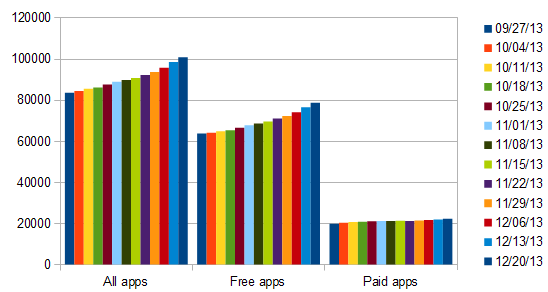
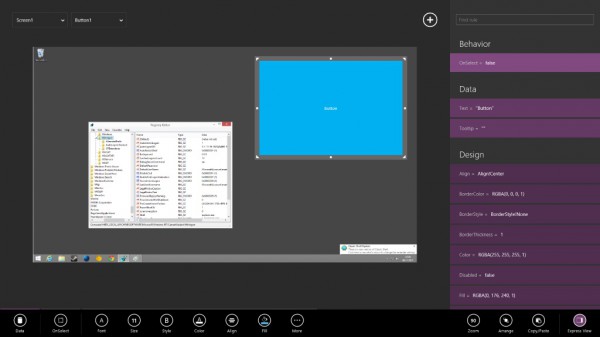









 Christmas is upon us and that means two things -- travel and guilt. While most Americans will be travelling for the holiday, a good portion of them will not be spending it with family. This ultimately leads to the aforementioned guilt. After all, for some, it may be the last Christmas they get to spend with older relatives before they pass away. These people are opting for alternative plans -- how cold! However, Microsoft has a
Christmas is upon us and that means two things -- travel and guilt. While most Americans will be travelling for the holiday, a good portion of them will not be spending it with family. This ultimately leads to the aforementioned guilt. After all, for some, it may be the last Christmas they get to spend with older relatives before they pass away. These people are opting for alternative plans -- how cold! However, Microsoft has a 
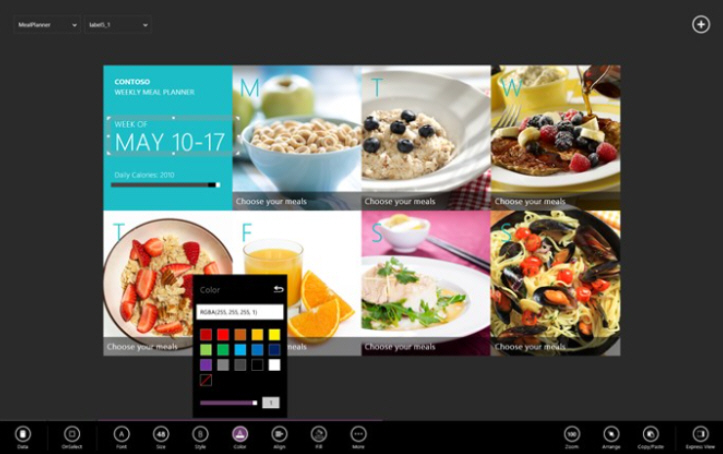
 Business systems specialist
Business systems specialist 


 It's probably not something you need worry about in relation to your personal files just yet, but according to a
It's probably not something you need worry about in relation to your personal files just yet, but according to a 
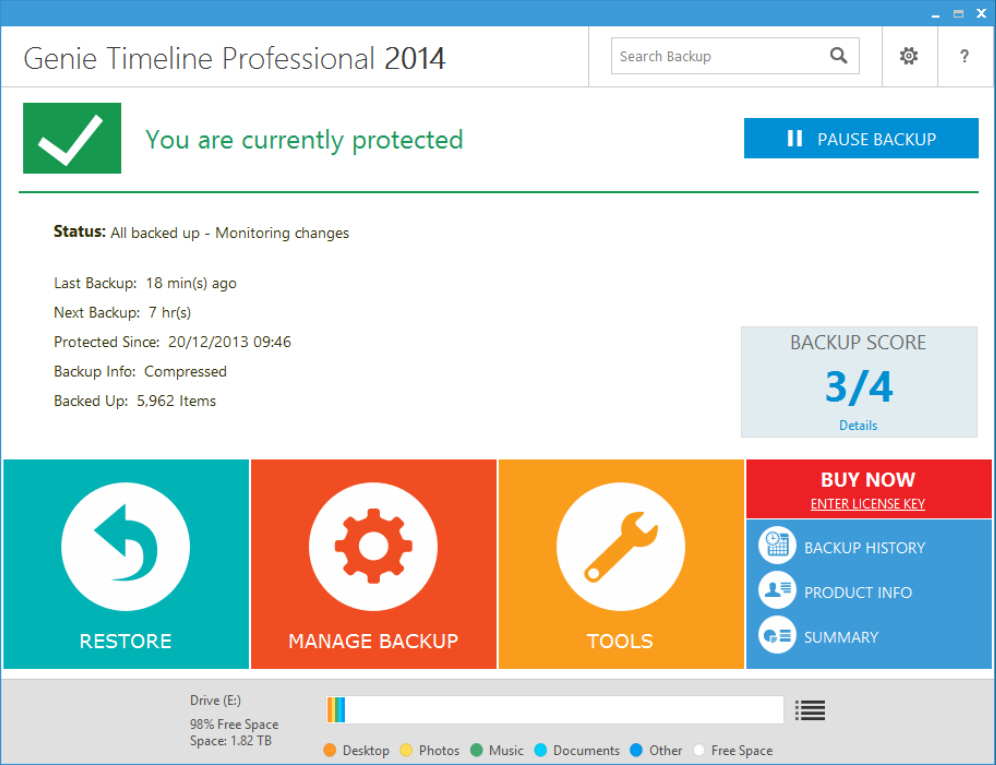
 Having uncovered the
Having uncovered the  When Oppo unveiled the CyanogenMod version of its N1 phablet, the Chinese company did not provide any details as to whether the new model would receive Google's stamp of approval and, therefore, official access to the Play store. I was very skeptical that this would happen, seeing as CyanogenMod has never been certified for prime time use.
When Oppo unveiled the CyanogenMod version of its N1 phablet, the Chinese company did not provide any details as to whether the new model would receive Google's stamp of approval and, therefore, official access to the Play store. I was very skeptical that this would happen, seeing as CyanogenMod has never been certified for prime time use.




 Security vendor Agnitum has announced the availability of
Security vendor Agnitum has announced the availability of 
 The holiday season is upon us, and utilities developer Piriform has delivered a Christmas gift to all CCleaner users with an update to
The holiday season is upon us, and utilities developer Piriform has delivered a Christmas gift to all CCleaner users with an update to 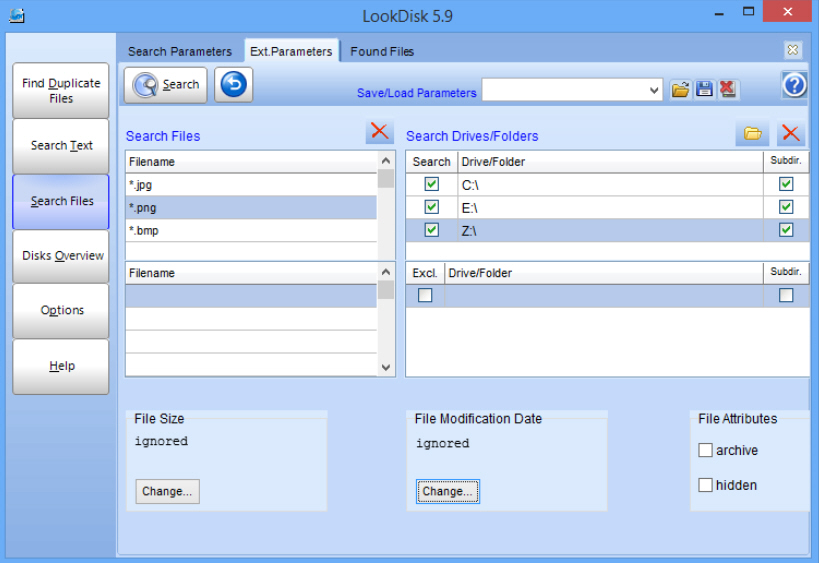
 If you've recently used your payment card in a Target store in the US you might want to check your statements carefully. In a
If you've recently used your payment card in a Target store in the US you might want to check your statements carefully. In a  The Nexus 5 is both beautiful and inexpensive. Even though the smartphone doesn't cost a lot, it is still a good idea to protect it with a case. However, finding a good case can be hit or miss. When I
The Nexus 5 is both beautiful and inexpensive. Even though the smartphone doesn't cost a lot, it is still a good idea to protect it with a case. However, finding a good case can be hit or miss. When I 




 Citrix has launched GoToMeeting for Windows Phone 8, an app which allows users to create or join online meetings from their smartphone. The popular solution arrives in Store following its release on Windows, OS X, iOS and Android, and is one of the latest high-profile releases on the platform alongside Instagram, Vine and others.
Citrix has launched GoToMeeting for Windows Phone 8, an app which allows users to create or join online meetings from their smartphone. The popular solution arrives in Store following its release on Windows, OS X, iOS and Android, and is one of the latest high-profile releases on the platform alongside Instagram, Vine and others.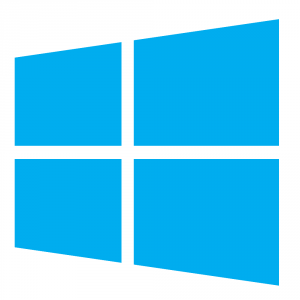 The finished version of Windows 8.1 has been out for a couple of months now, but if you’re still using the free preview build, time is running out. Windows 8.1 Preview and Windows RT 8.1 Preview are both set to expire on January 15.
The finished version of Windows 8.1 has been out for a couple of months now, but if you’re still using the free preview build, time is running out. Windows 8.1 Preview and Windows RT 8.1 Preview are both set to expire on January 15.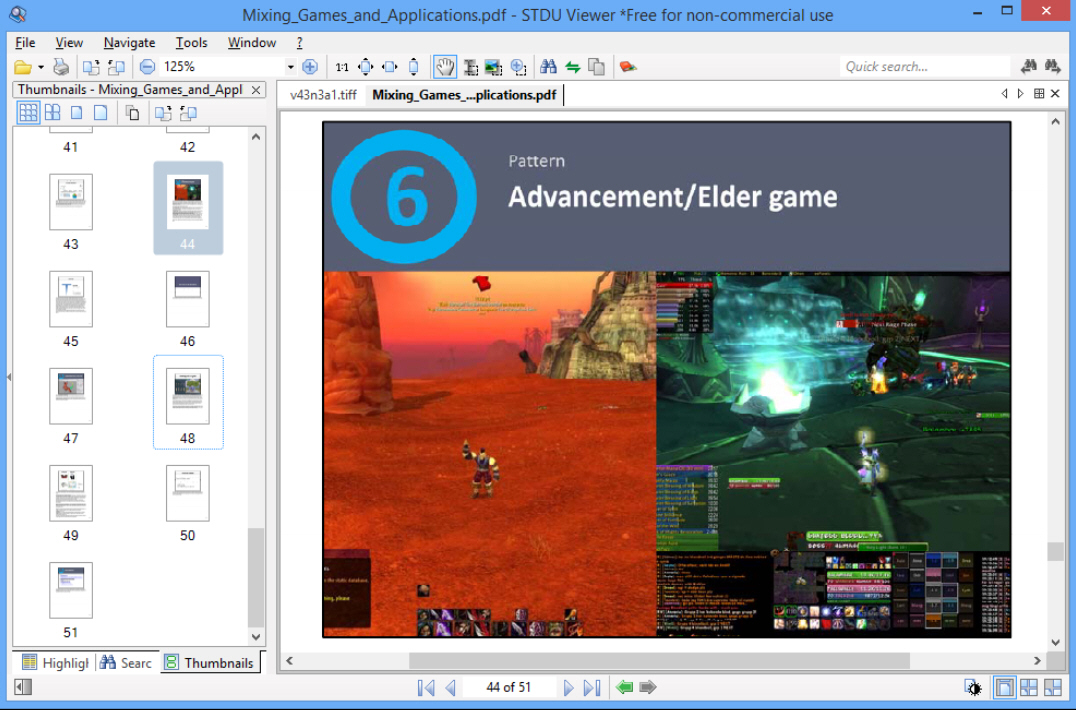

 Opera Software has announced that
Opera Software has announced that 
 It's that time of year once again. Approaching the end of another 365 and a quarter days cycle puts us all in a reflective mood. It's not uncommon to look back at what has happened in the previous 12 months and pick out the highlights of the year. It's also quite common to look forward in anticipation of what the coming year might have to offer. But how about something a little different, something a little more downbeat? What have been your lowlights and disappointments? There's no need to end the year on a high, after all!
It's that time of year once again. Approaching the end of another 365 and a quarter days cycle puts us all in a reflective mood. It's not uncommon to look back at what has happened in the previous 12 months and pick out the highlights of the year. It's also quite common to look forward in anticipation of what the coming year might have to offer. But how about something a little different, something a little more downbeat? What have been your lowlights and disappointments? There's no need to end the year on a high, after all!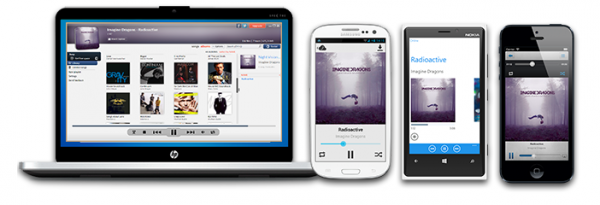

 We increasingly rely on technology for the success of our businesses and even of our national economies. Yet that technology is under more and more threat from cyber criminals who adapt quickly to exploit any weaknesses. The resulting financial losses worldwide are estimated to amount to billions of dollars each year.
We increasingly rely on technology for the success of our businesses and even of our national economies. Yet that technology is under more and more threat from cyber criminals who adapt quickly to exploit any weaknesses. The resulting financial losses worldwide are estimated to amount to billions of dollars each year. Chrome OS is primarily a laptop-focused affair. In other words, most users of the platform utilize Chromebooks. Sure, there have been mini-desktops called Chromeboxes, but they have been few and far between.
Chrome OS is primarily a laptop-focused affair. In other words, most users of the platform utilize Chromebooks. Sure, there have been mini-desktops called Chromeboxes, but they have been few and far between.
 Just a short three years ago, skeptics called outgoing Microsoft CEO Steve Ballmer as utterly foolish when he uttered his
Just a short three years ago, skeptics called outgoing Microsoft CEO Steve Ballmer as utterly foolish when he uttered his 


 Derrick Wlodarz is an IT Specialist who owns Park Ridge, IL (USA) based technology consulting & service company
Derrick Wlodarz is an IT Specialist who owns Park Ridge, IL (USA) based technology consulting & service company 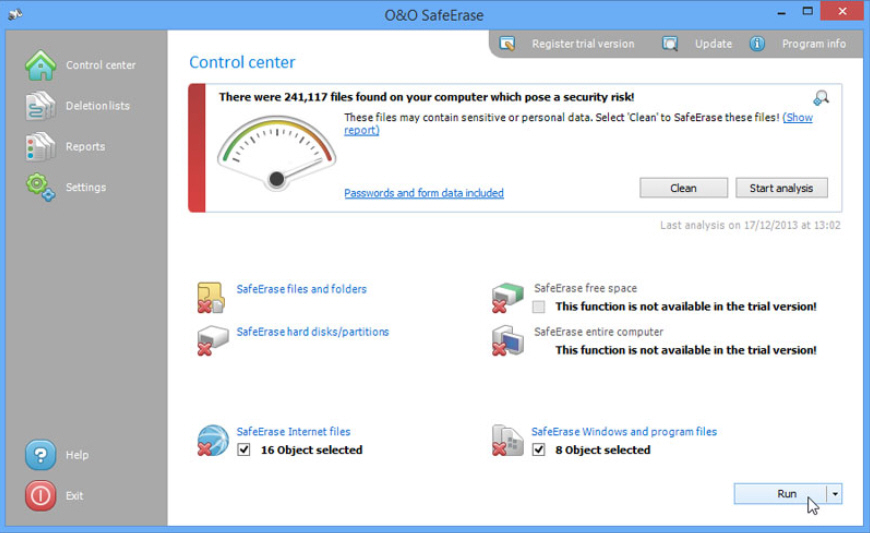

 It seems as if we should have reached this moment long ago -- like, perhaps, when the Roku debuted? The little, inexpensive set-top box seems capable of doing most anything, with the obvious exception of acting as your DVR. But, until today, it was incapable of playing content from the most popular streaming video service on the internet.
It seems as if we should have reached this moment long ago -- like, perhaps, when the Roku debuted? The little, inexpensive set-top box seems capable of doing most anything, with the obvious exception of acting as your DVR. But, until today, it was incapable of playing content from the most popular streaming video service on the internet.

 Many Linux users have been holding their breath in anticipation for the 20th version of Fedora Linux, codenamed Heisenbug. While not the most popular distribution overall, it is the distro of choice for one influential user -- Mr. Linus Torvalds, creator of the Linux kernel. Not to mention, many other users around the globe.
Many Linux users have been holding their breath in anticipation for the 20th version of Fedora Linux, codenamed Heisenbug. While not the most popular distribution overall, it is the distro of choice for one influential user -- Mr. Linus Torvalds, creator of the Linux kernel. Not to mention, many other users around the globe.
 I believe that every individual possesses within them the innate ability to be great. To me, being great means being yourself... to the power of 10. It means tapping into your full potential so that you can be all you can be.
I believe that every individual possesses within them the innate ability to be great. To me, being great means being yourself... to the power of 10. It means tapping into your full potential so that you can be all you can be. Lisa Dyble is an author/webmaster who strives to empower women to maximize their full potential in all areas of their lives. Her projects can be viewed at
Lisa Dyble is an author/webmaster who strives to empower women to maximize their full potential in all areas of their lives. Her projects can be viewed at 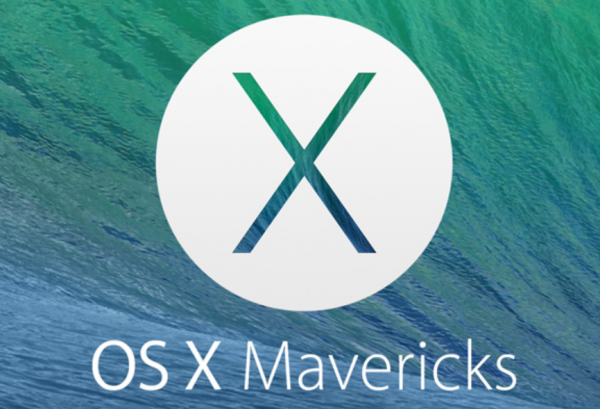




 Sameer Singh is an M&A professional and business strategy consultant focusing on the mobile technology sector. He is founder and editor of
Sameer Singh is an M&A professional and business strategy consultant focusing on the mobile technology sector. He is founder and editor of 
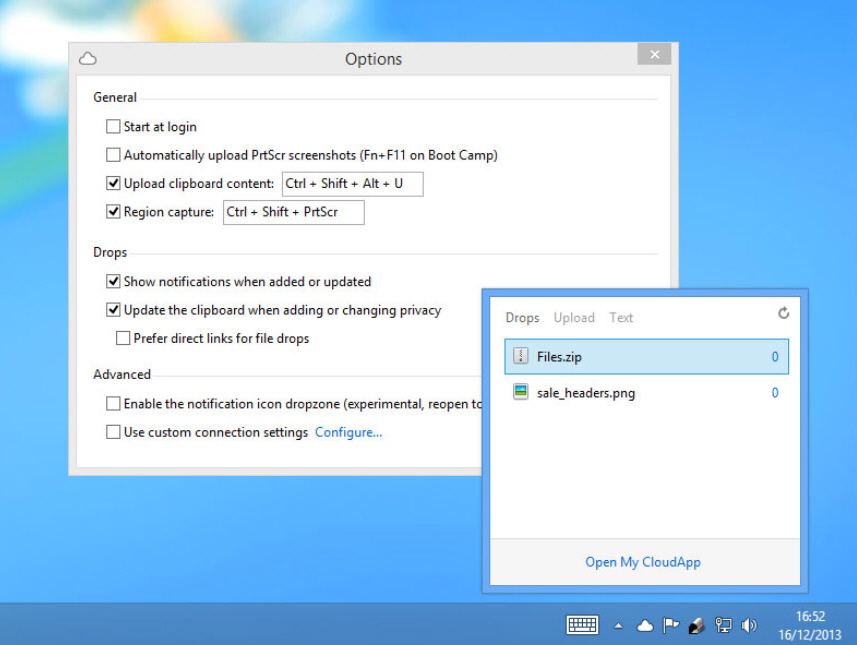
 Earlier this year, 4K televisions and monitors seemed unachievable for the average consumer. Some pundits wrote the technology off, as these displays would be priced out of reach for many people. While this was true initially, Black Friday brought some very affordable 4K televisions to market. And so, the technology seems poised to have longevity.
Earlier this year, 4K televisions and monitors seemed unachievable for the average consumer. Some pundits wrote the technology off, as these displays would be priced out of reach for many people. While this was true initially, Black Friday brought some very affordable 4K televisions to market. And so, the technology seems poised to have longevity. It’s hard to believe sometimes, but I began writing my columns -- in print back then -- during the Reagan Administration. It was 1987 and the crisis du jour was called Iran-Contra, remember it? Colonel Oliver North got a radio career out of breaking federal law. The FBI director back then was William Sessions, generally called Judge Sessions because he had been a federal judge. I interviewed Sessions in 1990 about the possibility that American citizens might have their privacy rights violated by an upcoming electronic surveillance law. "What would keep an FBI agent from tapping his girlfriend’s telephone?" I asked, since it would shortly be possible to do so from the agent’s desk.
It’s hard to believe sometimes, but I began writing my columns -- in print back then -- during the Reagan Administration. It was 1987 and the crisis du jour was called Iran-Contra, remember it? Colonel Oliver North got a radio career out of breaking federal law. The FBI director back then was William Sessions, generally called Judge Sessions because he had been a federal judge. I interviewed Sessions in 1990 about the possibility that American citizens might have their privacy rights violated by an upcoming electronic surveillance law. "What would keep an FBI agent from tapping his girlfriend’s telephone?" I asked, since it would shortly be possible to do so from the agent’s desk.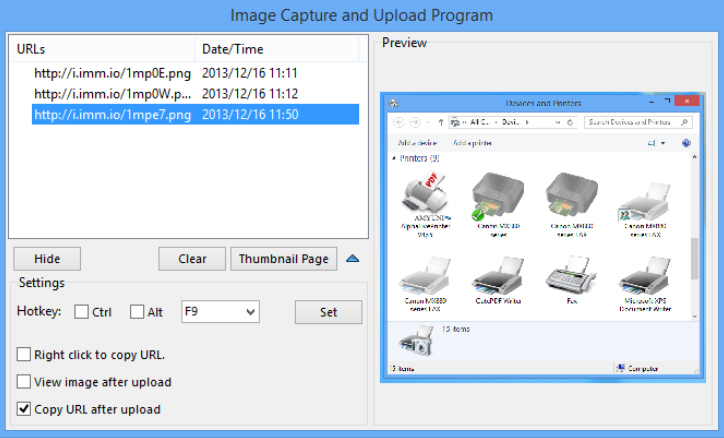

 It's a fairly typical situation these days: a small business approaches me with a need to replace an aging Exchange 2003 server and Office 2003 for 14 users. They want to compare purchasing their upgrades outright vs just renting them from Microsoft. The in-house server approach for email and Office software will run them roughly $10K USD before any consulting labor -- or they could opt to have us move them into Office 365 E3 for $280/month.
It's a fairly typical situation these days: a small business approaches me with a need to replace an aging Exchange 2003 server and Office 2003 for 14 users. They want to compare purchasing their upgrades outright vs just renting them from Microsoft. The in-house server approach for email and Office software will run them roughly $10K USD before any consulting labor -- or they could opt to have us move them into Office 365 E3 for $280/month.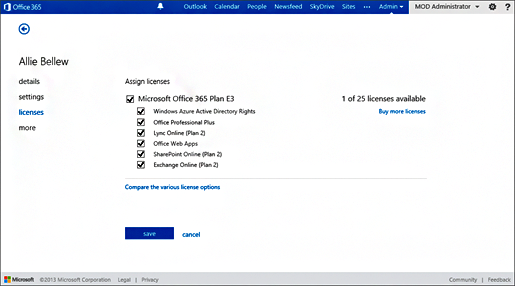
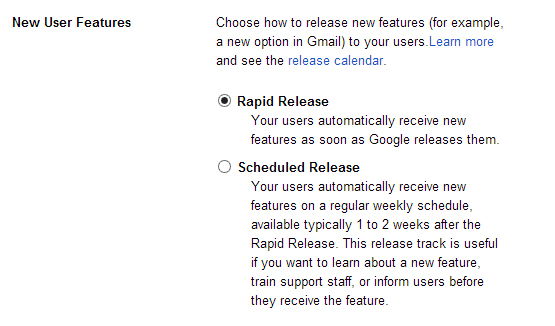





 Things are starting to get festive, and that means there's also a lot going on. This past week has been quite a busy one! It might not come as a surprise, but the figures are in -- Windows 8.1 is not performing anywhere near as well as
Things are starting to get festive, and that means there's also a lot going on. This past week has been quite a busy one! It might not come as a surprise, but the figures are in -- Windows 8.1 is not performing anywhere near as well as  An old friend has been telling me for months that the future of personal computing was coming with new Windows tablets using the Bay Trail system-on-chip architecture built with Intel Silvermont cores. Silvermont is the first major Atom revision in years and is designed to be much faster. Bay Trail would lead to $199 8-inch Windows tablets while also fixing the limitations of Intel’s previous Clover Trail. Well Bay Trail units are finally shipping but my techie friend is sorely disappointed with his.
An old friend has been telling me for months that the future of personal computing was coming with new Windows tablets using the Bay Trail system-on-chip architecture built with Intel Silvermont cores. Silvermont is the first major Atom revision in years and is designed to be much faster. Bay Trail would lead to $199 8-inch Windows tablets while also fixing the limitations of Intel’s previous Clover Trail. Well Bay Trail units are finally shipping but my techie friend is sorely disappointed with his. Bartels Media has announced the availability of
Bartels Media has announced the availability of 

 Christmas is coming. And soon! Okay, we don’t have time to prepare just yet, either, but there are quick and easy ways to get into the holiday mood. Just giving your PC a little desktop decoration can make a real difference, and there are plenty of fun options around.
Christmas is coming. And soon! Okay, we don’t have time to prepare just yet, either, but there are quick and easy ways to get into the holiday mood. Just giving your PC a little desktop decoration can make a real difference, and there are plenty of fun options around.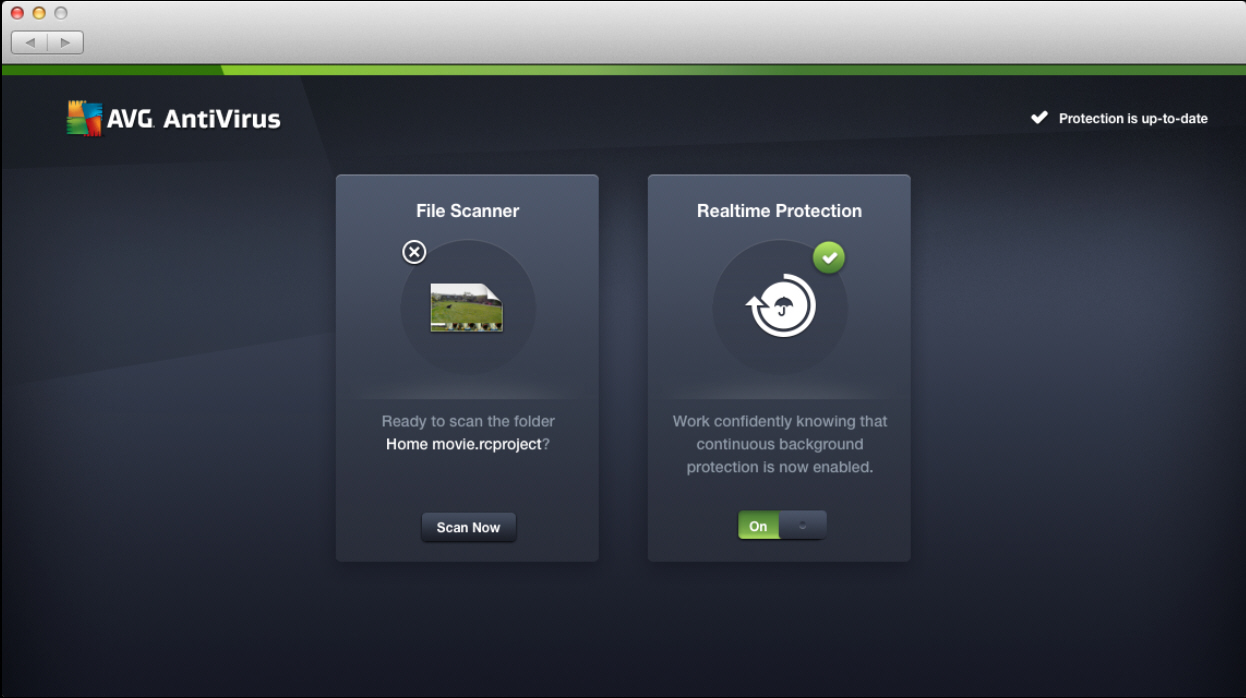
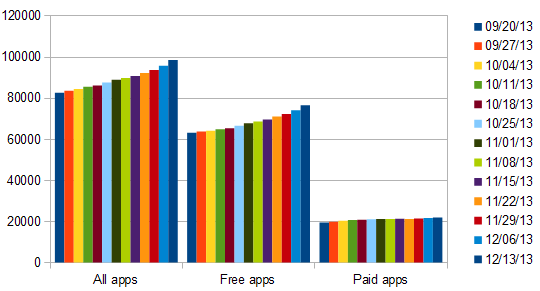








 A number of YouTube users who post game walkthroughs and feature footage from games in other ways are finding that their content is being flagged for copyright violation. It seems that uploaders are falling victim to YouTube's automated ContentID system which is responsible for weeding out all manner of copyrighted material. What is interesting is that videos are not being removed from YouTube, but are unable to earn money from advertisements, leading to a loss in revenue for a lot of people.
A number of YouTube users who post game walkthroughs and feature footage from games in other ways are finding that their content is being flagged for copyright violation. It seems that uploaders are falling victim to YouTube's automated ContentID system which is responsible for weeding out all manner of copyrighted material. What is interesting is that videos are not being removed from YouTube, but are unable to earn money from advertisements, leading to a loss in revenue for a lot of people. Security software testing lab AV Comparatives has released its August-November 2013
Security software testing lab AV Comparatives has released its August-November 2013 



 Data is the lifeblood of modern business, but to exploit it effectively requires user-friendly tools to help with development and management.
Data is the lifeblood of modern business, but to exploit it effectively requires user-friendly tools to help with development and management. 




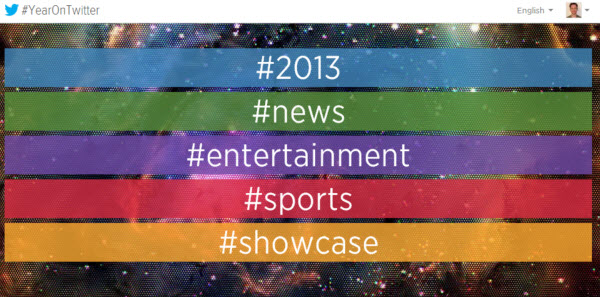

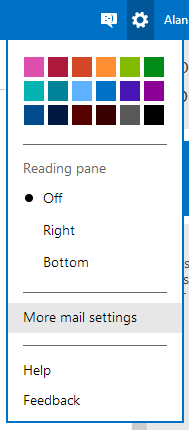
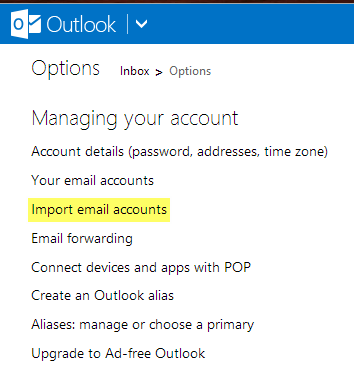
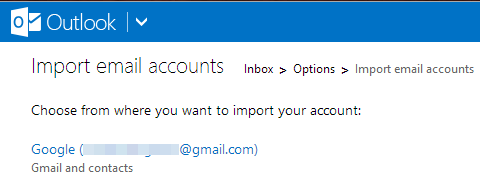


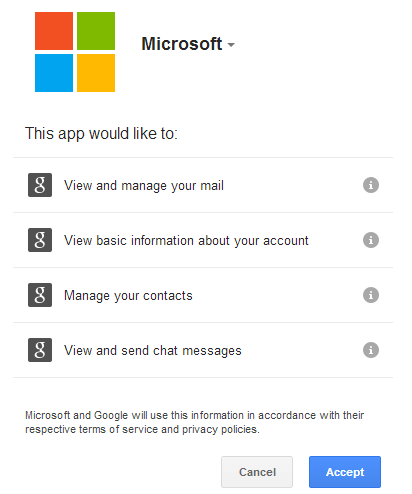
 It’s often said that the great thing about standards in the technology industry is that there are so many to choose from. That's just as true in today's world of mobile devices as it was in the days of mainframes when it was first coined.
It’s often said that the great thing about standards in the technology industry is that there are so many to choose from. That's just as true in today's world of mobile devices as it was in the days of mainframes when it was first coined. Do you have someone on your shopping list who is part of the Amazon ecosystem? Chances are you do, given that anyone with an Android device can install and use the Amazon App Store, Kindle App, MP3 player and more. What you may not be familiar with is something called Amazon Coins.
Do you have someone on your shopping list who is part of the Amazon ecosystem? Chances are you do, given that anyone with an Android device can install and use the Amazon App Store, Kindle App, MP3 player and more. What you may not be familiar with is something called Amazon Coins. With an early start into the digital technologies, Kodak was able to create industry leading technologies and digital cameras ahead of its competition. It took another ten years before the digital cameras became the largest segment of the camera market. Total sales of digital cameras surpassed those of analog cameras for the first time in 2002. In hindsight, Kodak had had over twenty years to respond to an existential threat. Given the extraordinary time Kodak had, and the massive and decisive action it took, we would expect Kodak to have easily handled this major technological change in its industry. Unfortunately, the reality was something else. By 2003, Kodak was only one of five large players in the digital camera arena and was losing money. Its market share in digital cameras was less than 25 percent, and within the next few years it continuously lost market share and profits. On January 19, 2012 Kodak filed for chapter 11 bankruptcy protection, marking the end of a 131-year history as one of America’s leading companies.
With an early start into the digital technologies, Kodak was able to create industry leading technologies and digital cameras ahead of its competition. It took another ten years before the digital cameras became the largest segment of the camera market. Total sales of digital cameras surpassed those of analog cameras for the first time in 2002. In hindsight, Kodak had had over twenty years to respond to an existential threat. Given the extraordinary time Kodak had, and the massive and decisive action it took, we would expect Kodak to have easily handled this major technological change in its industry. Unfortunately, the reality was something else. By 2003, Kodak was only one of five large players in the digital camera arena and was losing money. Its market share in digital cameras was less than 25 percent, and within the next few years it continuously lost market share and profits. On January 19, 2012 Kodak filed for chapter 11 bankruptcy protection, marking the end of a 131-year history as one of America’s leading companies. When faced with the dark side of innovation, Kodak and Polaroid behaved alike. When people with differing personalities behave alike in some situations, social psychologists use this evidence to show that the context is more powerful in determining behavior than personality is.
When faced with the dark side of innovation, Kodak and Polaroid behaved alike. When people with differing personalities behave alike in some situations, social psychologists use this evidence to show that the context is more powerful in determining behavior than personality is.
 Finnish mobile maker Nokia has released a new app called Motion Monitor which allows Lumia 1520 users to track their physical activity, similar to some wristbands. The offering is currently undergoing beta testing and is available exclusively for the company's new Windows Phone 8 flagship.
Finnish mobile maker Nokia has released a new app called Motion Monitor which allows Lumia 1520 users to track their physical activity, similar to some wristbands. The offering is currently undergoing beta testing and is available exclusively for the company's new Windows Phone 8 flagship.
 A new report by information research specialist
A new report by information research specialist 
 Adobe has updated
Adobe has updated 
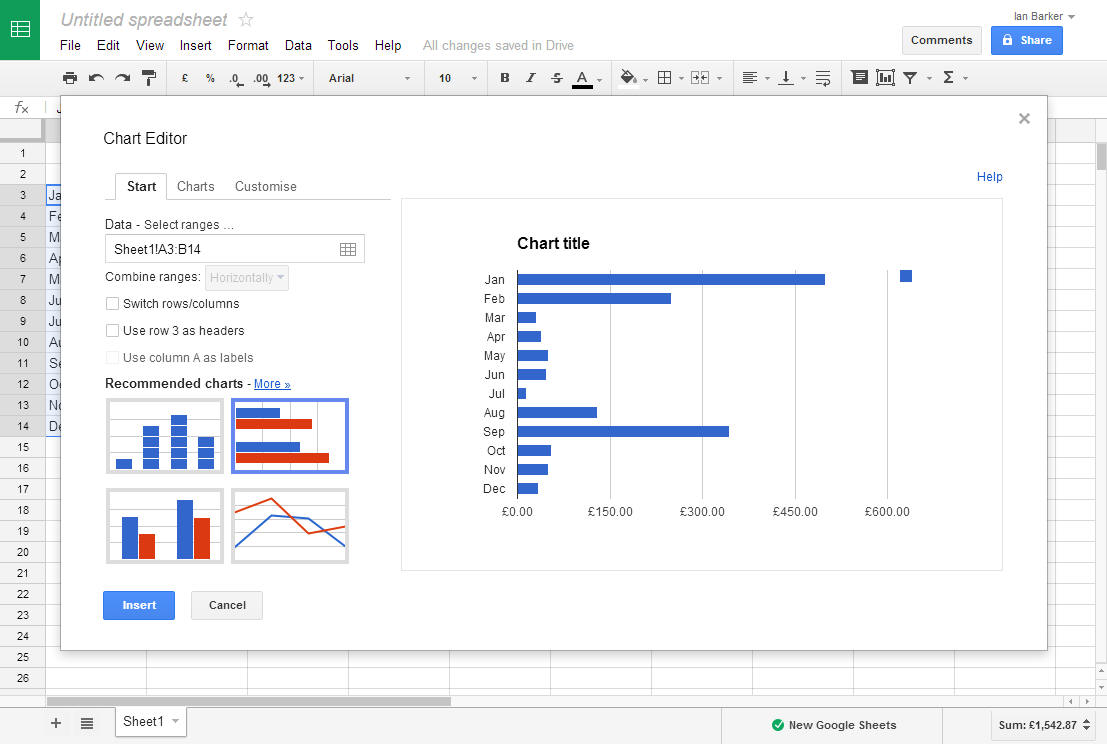
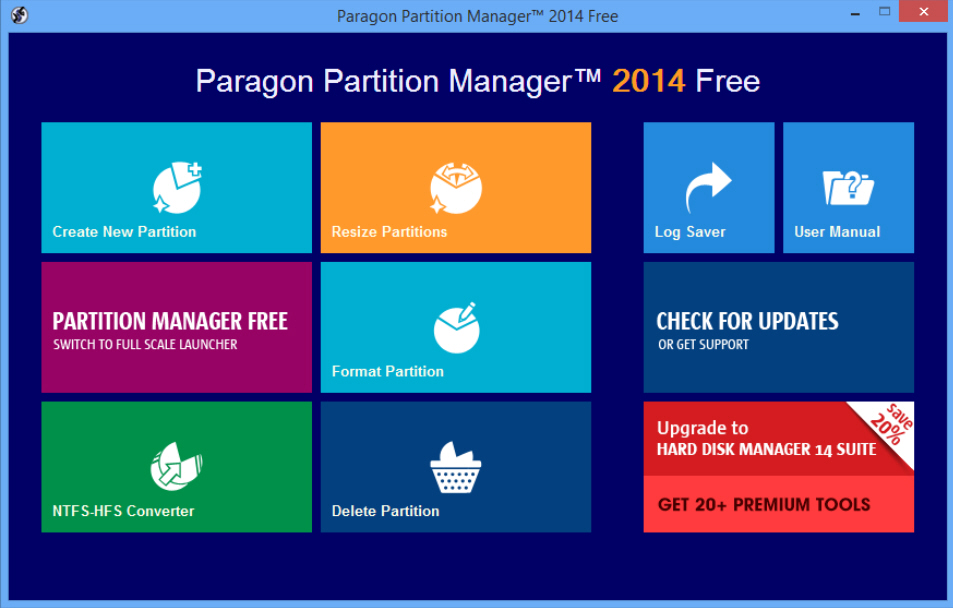


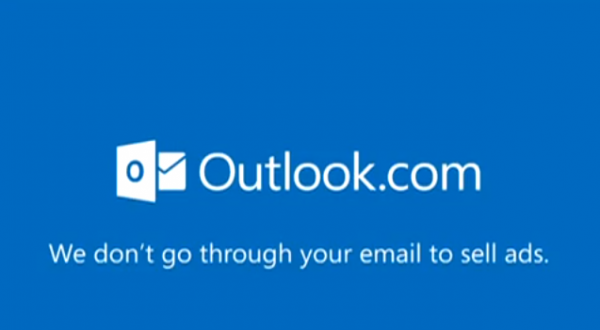
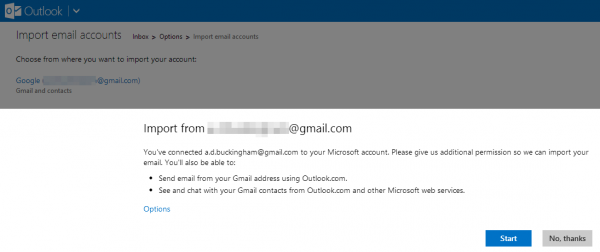
 Fedora is my favorite Linux distribution. Sadly, the next release, version 20, has been delayed until later in the month. This news has ruined my holidays -- it is like Santa Claus gave my computer coal.
Fedora is my favorite Linux distribution. Sadly, the next release, version 20, has been delayed until later in the month. This news has ruined my holidays -- it is like Santa Claus gave my computer coal.
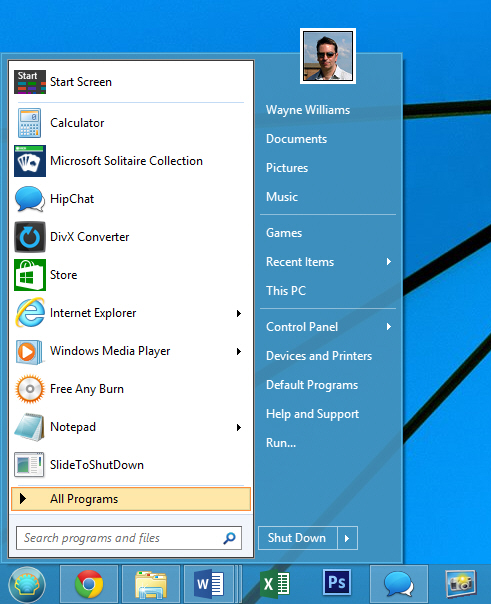 According to Microsoft watcher
According to Microsoft watcher  Support.com has announced the availability of
Support.com has announced the availability of 

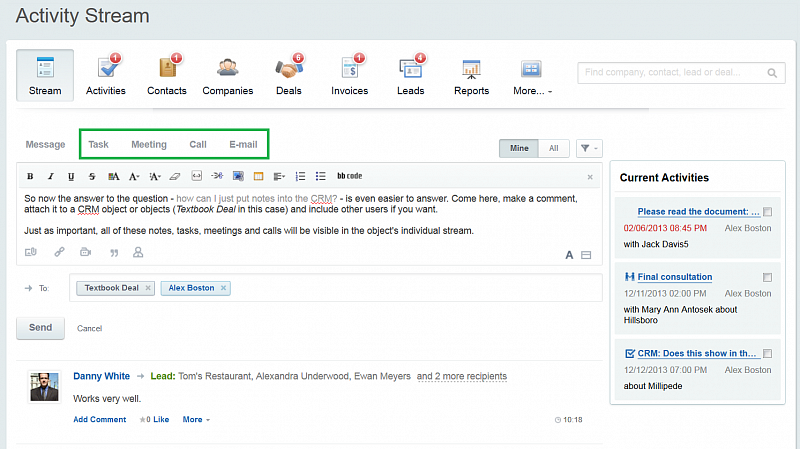
 I’m a huge fan of
I’m a huge fan of 




 On my
On my 






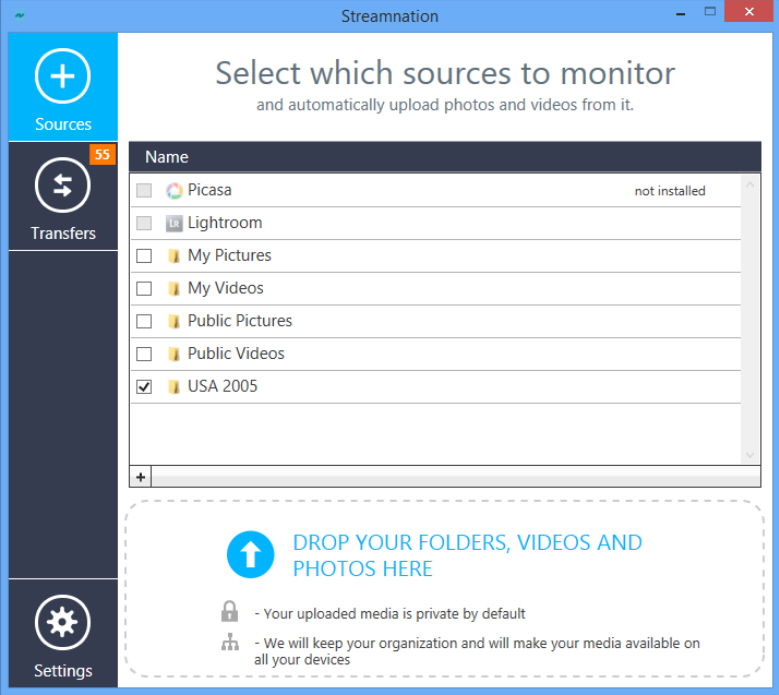 To avoid the thorny issue of legality, there are strict limits to what you can and can’t do with it. First, you can’t share your media with the wider public -- only specific contacts with their own Streamnation accounts. Second, that sharing is directly from one person to another -- your friends can’t subsequently share your media with other people. Neither can people browse your content -- only media you share with them specifically can be seen.
To avoid the thorny issue of legality, there are strict limits to what you can and can’t do with it. First, you can’t share your media with the wider public -- only specific contacts with their own Streamnation accounts. Second, that sharing is directly from one person to another -- your friends can’t subsequently share your media with other people. Neither can people browse your content -- only media you share with them specifically can be seen.



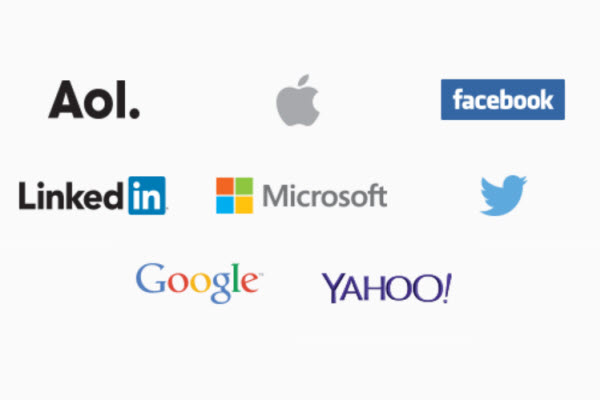
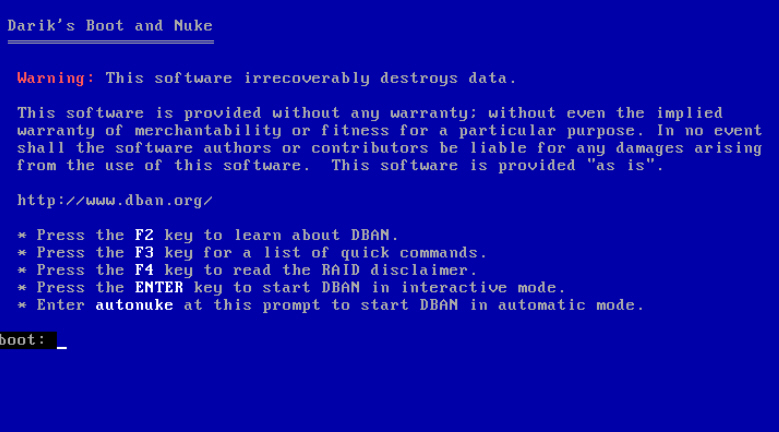
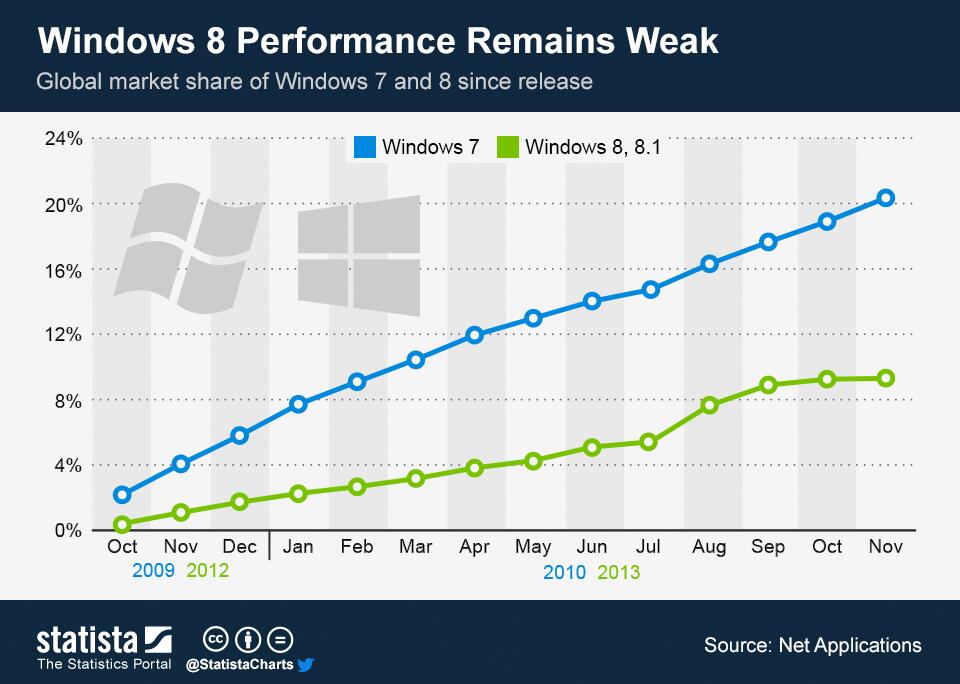

 If you need to scroll an application window on a PC then spinning the mouse wheel is probably the simplest route. This only works on the foreground window, though, the one where you’re currently working. And so if you want to scroll some other window, you must click it first.
If you need to scroll an application window on a PC then spinning the mouse wheel is probably the simplest route. This only works on the foreground window, though, the one where you’re currently working. And so if you want to scroll some other window, you must click it first.
 Alternate Pic View EXESlide is a lightweight free tool which helps you build extremely basic slideshows. And we really do mean "basic": you can’t annotate an image, add captions or apply effects, and there’s no support for transitions at all.
Alternate Pic View EXESlide is a lightweight free tool which helps you build extremely basic slideshows. And we really do mean "basic": you can’t annotate an image, add captions or apply effects, and there’s no support for transitions at all. The tech world seems to be slowling down slightly in the run up to Christmas, but there have still been a lot of stories over the past seven days. There are sure to be a whole new raft of sales to look forward to both before and after Christmas, but if the
The tech world seems to be slowling down slightly in the run up to Christmas, but there have still been a lot of stories over the past seven days. There are sure to be a whole new raft of sales to look forward to both before and after Christmas, but if the 


 Shahbaz Ali, the President and Chief Executive Officer of
Shahbaz Ali, the President and Chief Executive Officer of 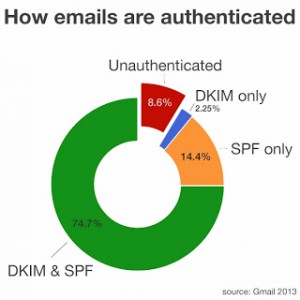 Phishing scams are a blight on the internet that will never be totally eradicated. If you aren't familiar with the term, "phishing" is when someone attempts to glean information through means of impersonation. Sending you a message purporting to be from your bank for example. Try as we may, this crime will always be a part of life. However, there is no reason that the risk of these dangerous emails cannot be decreased.
Phishing scams are a blight on the internet that will never be totally eradicated. If you aren't familiar with the term, "phishing" is when someone attempts to glean information through means of impersonation. Sending you a message purporting to be from your bank for example. Try as we may, this crime will always be a part of life. However, there is no reason that the risk of these dangerous emails cannot be decreased. Like PCs, Android phones and tablets are susceptible to all kinds of security threats. Thankfully there’s a rich choice of free protection out there, and Avira hopes to woo Android users across to its offering with the release of
Like PCs, Android phones and tablets are susceptible to all kinds of security threats. Thankfully there’s a rich choice of free protection out there, and Avira hopes to woo Android users across to its offering with the release of 

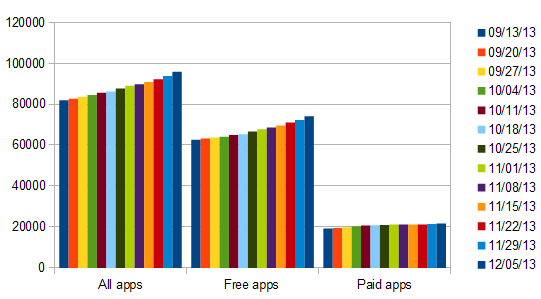

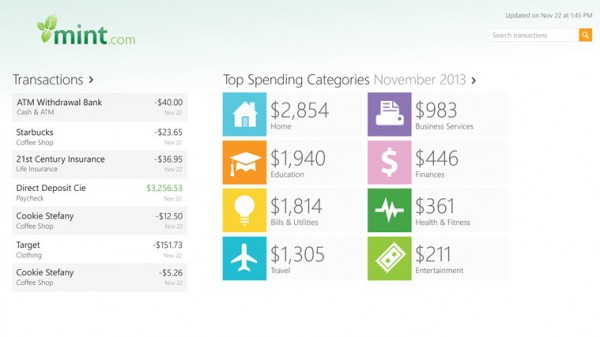
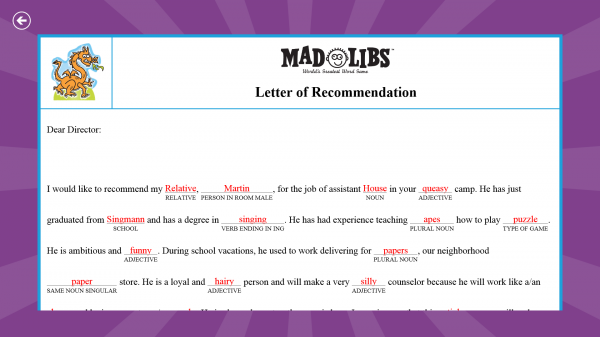
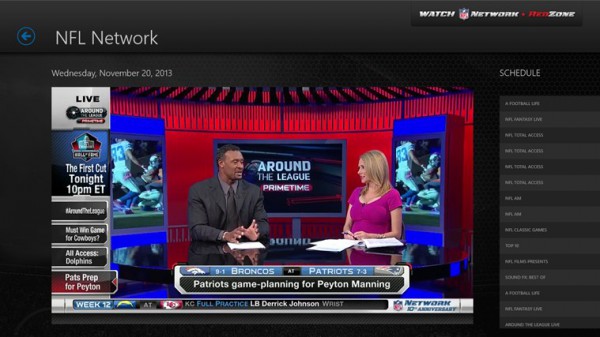



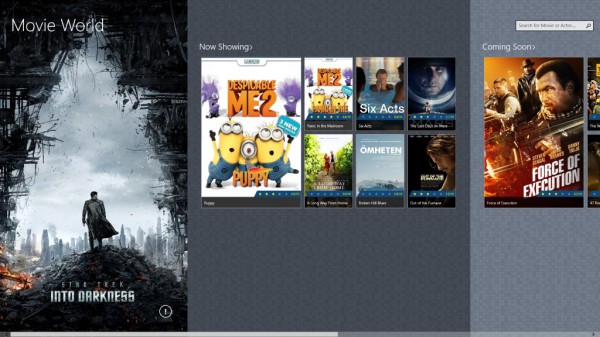
 The permissions screen that pops up during the installation of an Android app has become the new EULA. Very few people bother to read through what is on screen before clicking through and going ahead with the installation -- you could be signing your life away for all you know!
The permissions screen that pops up during the installation of an Android app has become the new EULA. Very few people bother to read through what is on screen before clicking through and going ahead with the installation -- you could be signing your life away for all you know!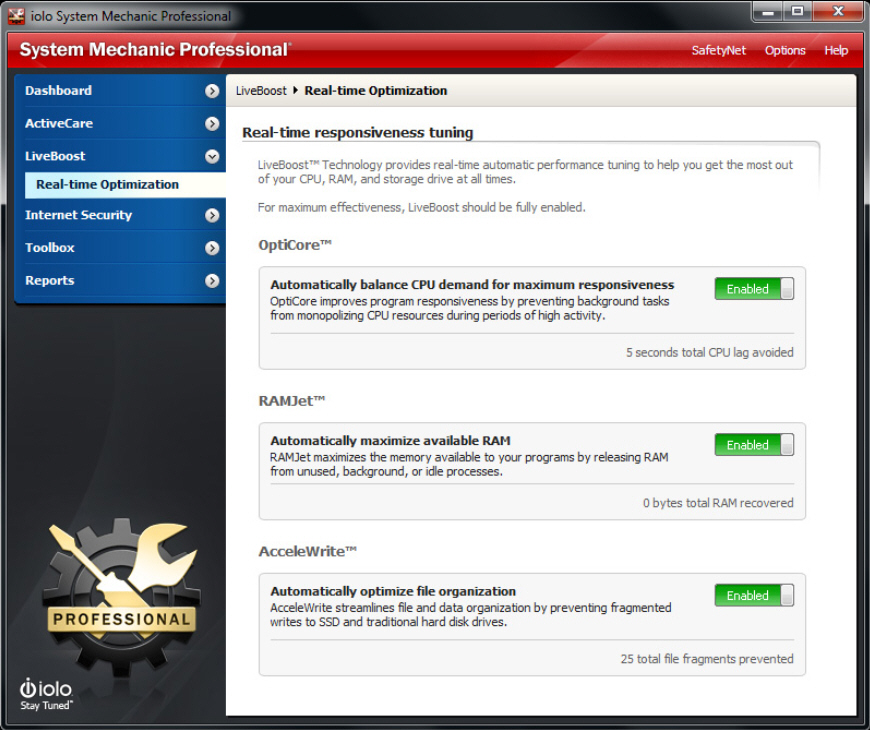



 Three weeks ago Microsoft unveiled its new
Three weeks ago Microsoft unveiled its new 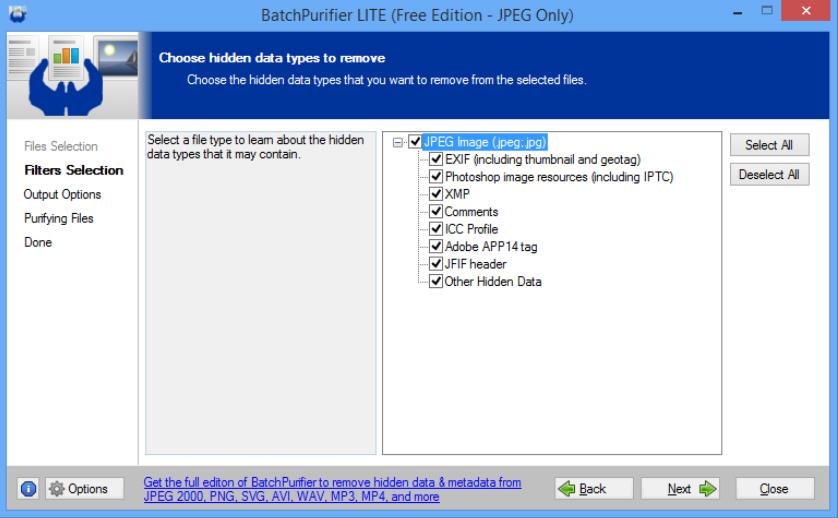

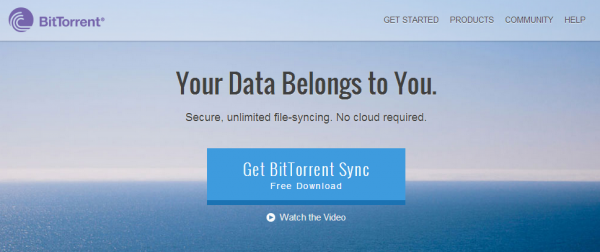
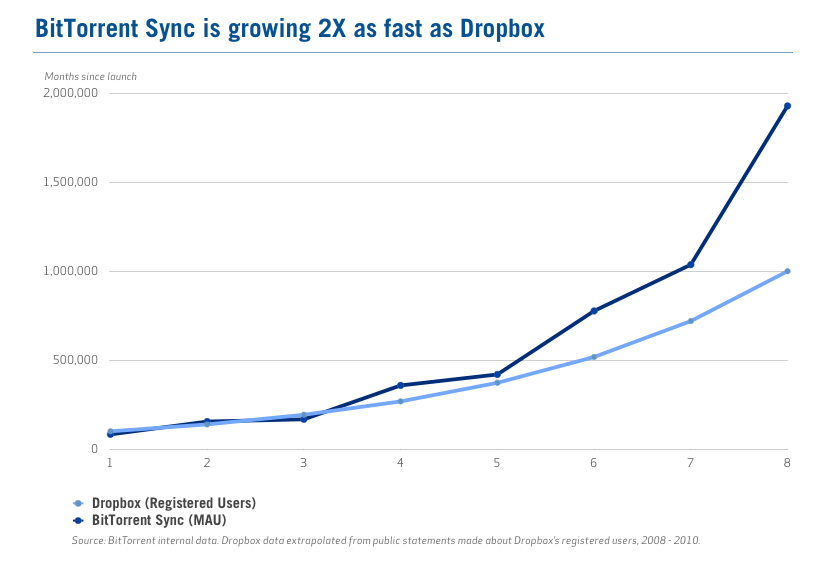

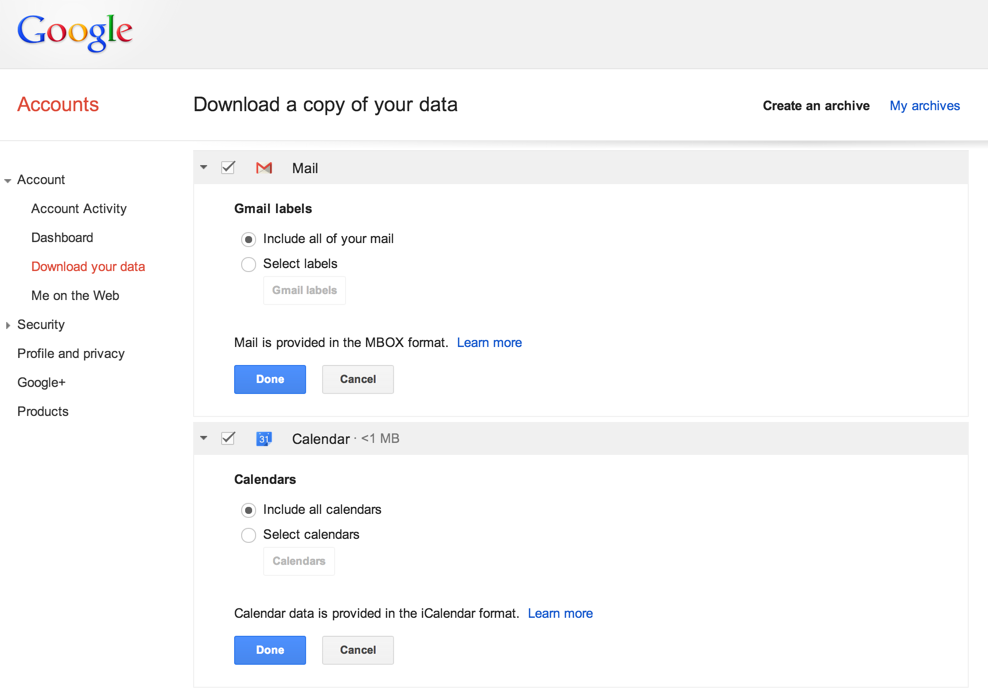
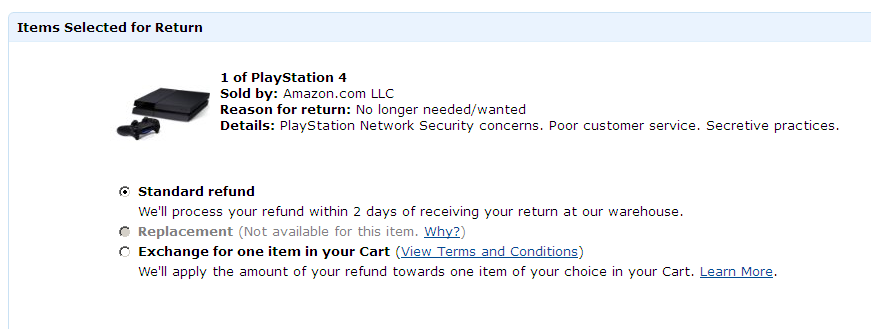

 Given all of the current buzz surrounding mobile you'd think that businesses would be falling over themselves to embrace the technology. But a new survey of IT decision makers by enterprise application and security expert
Given all of the current buzz surrounding mobile you'd think that businesses would be falling over themselves to embrace the technology. But a new survey of IT decision makers by enterprise application and security expert 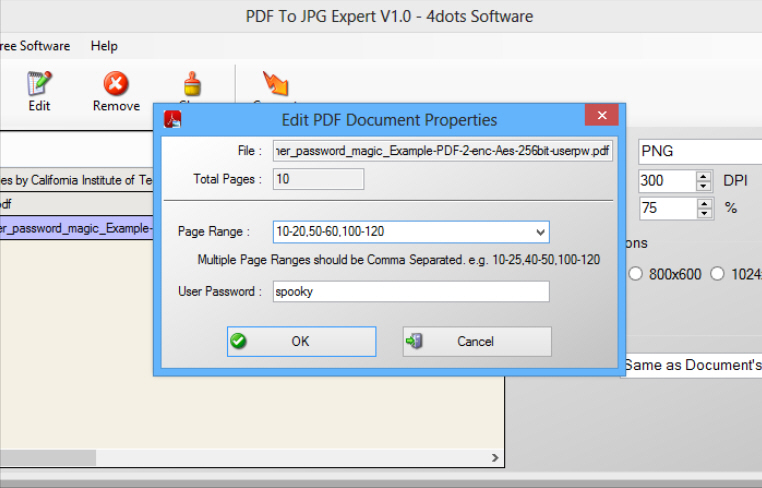
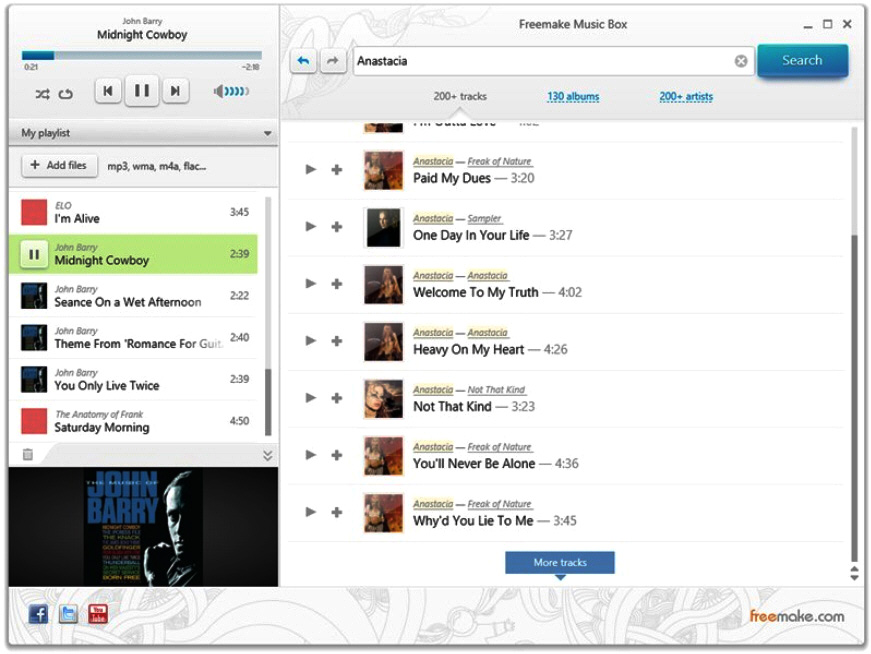



 Last week I began this series on large companies in turmoil by looking at Intel, which I saw trying to guarantee its future through enlightened acquisitions that actually emulated this week’s company -- Cisco Systems.
Last week I began this series on large companies in turmoil by looking at Intel, which I saw trying to guarantee its future through enlightened acquisitions that actually emulated this week’s company -- Cisco Systems. The PC world has plenty of hex editors; does it really need another? Our first thought was probably not, but that was before we’d spent a little time with the fast, feature-packed and extremely capable
The PC world has plenty of hex editors; does it really need another? Our first thought was probably not, but that was before we’d spent a little time with the fast, feature-packed and extremely capable 
 As online retailers in the US attempt to benefit from the opportunities of global eCommerce, they must rethink their business requirements and systems from the ground up. To successfully conduct business across borders and cultures, there are several considerations that US-based entities must acknowledge, including variances in taxes and regulations, content and process localization, and seamless experiences for mobile customers.
As online retailers in the US attempt to benefit from the opportunities of global eCommerce, they must rethink their business requirements and systems from the ground up. To successfully conduct business across borders and cultures, there are several considerations that US-based entities must acknowledge, including variances in taxes and regulations, content and process localization, and seamless experiences for mobile customers. Scott Dahlgren is the Managing Director of
Scott Dahlgren is the Managing Director of 


 Last month we reported on research showing that
Last month we reported on research showing that 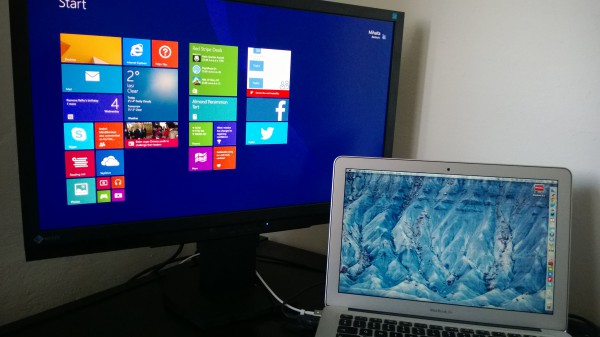
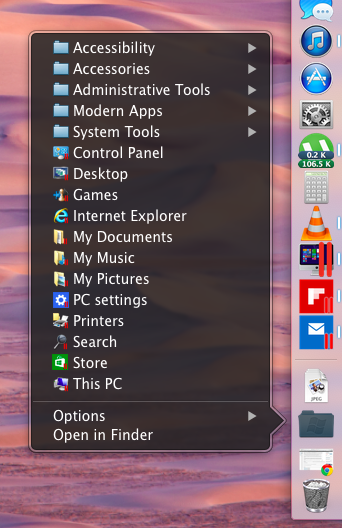 The Windows 8.1 virtual machine can show up in the OS X Dock. From there, users can exit full-screen mode, tweak the virtual machine configuration, turn it off and so on. That is pretty basic functionality. What I like about Parallels 9 is that it also shows the running Windows 8.1 software in the Dock, alongside the virtual machine icon. This might not seem like something out of this world, but when I am dealing with the touch-optimized Windows 8.1 it makes it easier to close running apps, or switch to other opened ones.
The Windows 8.1 virtual machine can show up in the OS X Dock. From there, users can exit full-screen mode, tweak the virtual machine configuration, turn it off and so on. That is pretty basic functionality. What I like about Parallels 9 is that it also shows the running Windows 8.1 software in the Dock, alongside the virtual machine icon. This might not seem like something out of this world, but when I am dealing with the touch-optimized Windows 8.1 it makes it easier to close running apps, or switch to other opened ones.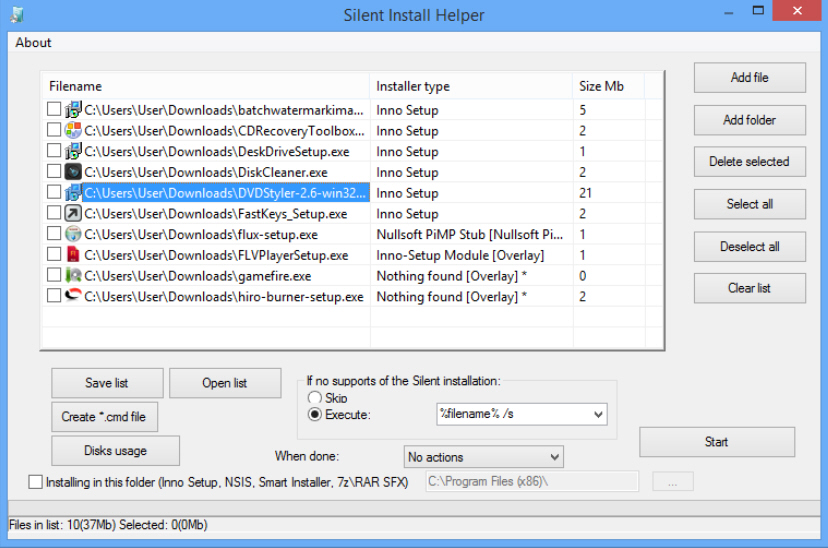

 In August of this year, the USB 3.1 specification
In August of this year, the USB 3.1 specification 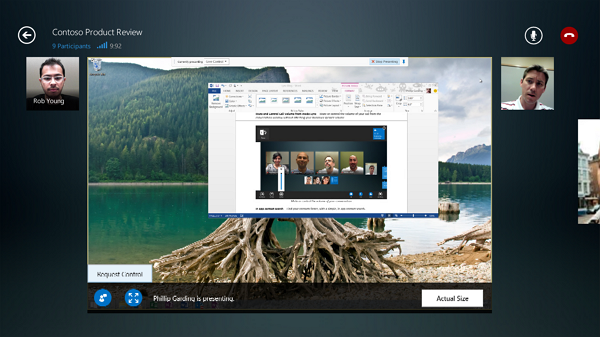



 For the last 18 years,
For the last 18 years, 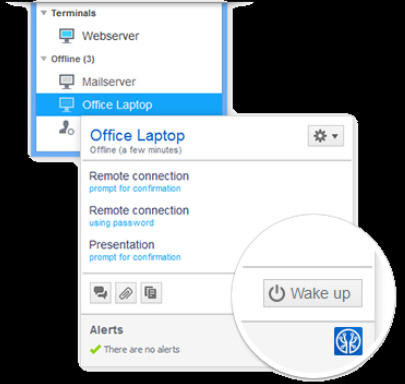 Remote access tool
Remote access tool 
 Michelle Smith is a freelance writer with a focus on technology. She can be found typing away on her laptop in sunny Boca Raton, Florida. Michelle welcomes your feedback via
Michelle Smith is a freelance writer with a focus on technology. She can be found typing away on her laptop in sunny Boca Raton, Florida. Michelle welcomes your feedback via 


 Tiny, yet powerful audio editor
Tiny, yet powerful audio editor  Increased use of mobile devices by consumers means that companies face challenges in terms of making their services and data available on a range of different gadgets. To give customers a properly interactive experience you need more than just a website. The key to doing this is APIs (Application Programming Interfaces) which allow connections to be established between your data and your customer's devices.
Increased use of mobile devices by consumers means that companies face challenges in terms of making their services and data available on a range of different gadgets. To give customers a properly interactive experience you need more than just a website. The key to doing this is APIs (Application Programming Interfaces) which allow connections to be established between your data and your customer's devices. Facebook was never really meant to be about news. It is a social network that's about keeping in touch with people. But companies quickly cottoned onto the site as a valuable tool for reaching out to customers, delivering information about product launches, app updates and other news. Despite the fact that Facebook users are invited to update their "status", anything that is posted appears in the "News Feed" of others. Now Facebook is trying to make your News Feed more about news.
Facebook was never really meant to be about news. It is a social network that's about keeping in touch with people. But companies quickly cottoned onto the site as a valuable tool for reaching out to customers, delivering information about product launches, app updates and other news. Despite the fact that Facebook users are invited to update their "status", anything that is posted appears in the "News Feed" of others. Now Facebook is trying to make your News Feed more about news. If you’d like to preserve your online privacy then it can be a good idea to clear your Firefox cookies, but there’s usually a price to pay. Even if you’re careful, the chances are you’ll delete genuinely useful cookies, and be forced to manually log in when you revisit some of your favorite sites.
If you’d like to preserve your online privacy then it can be a good idea to clear your Firefox cookies, but there’s usually a price to pay. Even if you’re careful, the chances are you’ll delete genuinely useful cookies, and be forced to manually log in when you revisit some of your favorite sites. Apple is a company that, generally speaking, likes to keep itself to itself -- but that's not to say it doesn't like to keep its finger on the pulse and learn about what others are talking about. This is demonstrated perfectly by the company's latest purchase. This time around Apple has invested a reported $200 million in
Apple is a company that, generally speaking, likes to keep itself to itself -- but that's not to say it doesn't like to keep its finger on the pulse and learn about what others are talking about. This is demonstrated perfectly by the company's latest purchase. This time around Apple has invested a reported $200 million in 
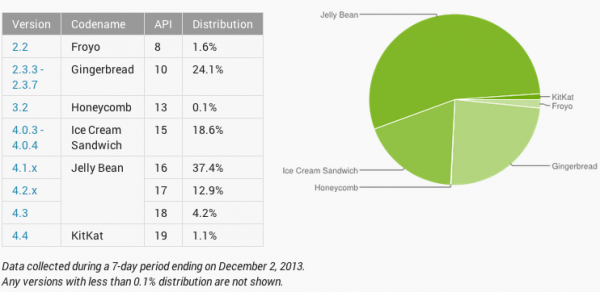


 The official holiday shopping season kicked off last week and reached full speed today with Cyber Monday. Like every year, Microsoft hopes to see a Windows product on everyone's wish list. This year the company is even planning to throw in a little something extra to sweeten the deal.
The official holiday shopping season kicked off last week and reached full speed today with Cyber Monday. Like every year, Microsoft hopes to see a Windows product on everyone's wish list. This year the company is even planning to throw in a little something extra to sweeten the deal.